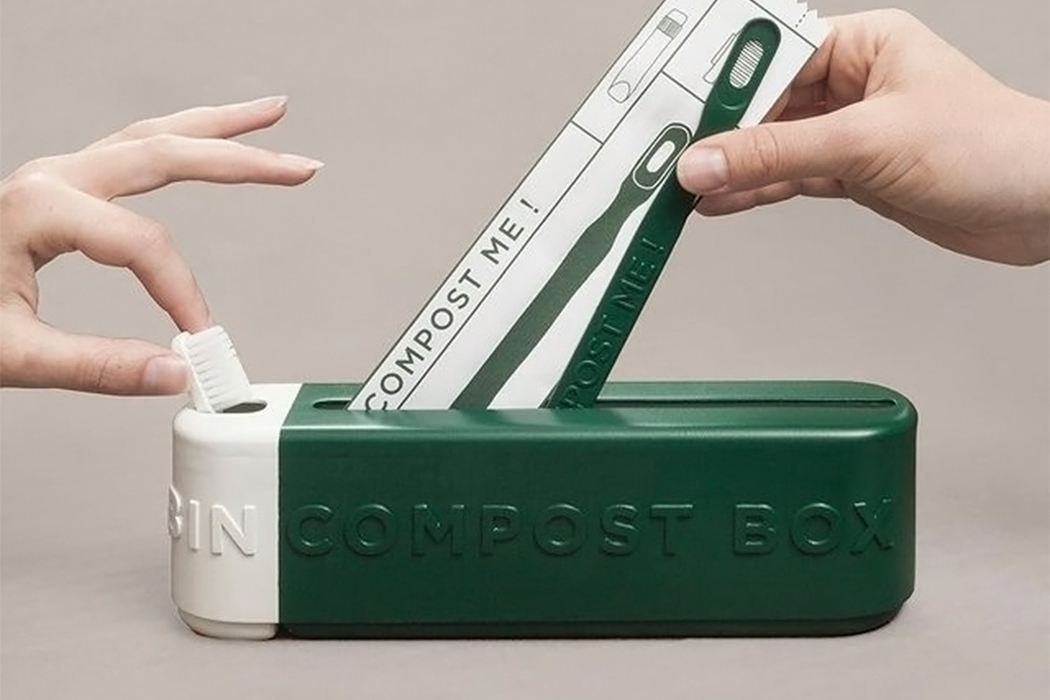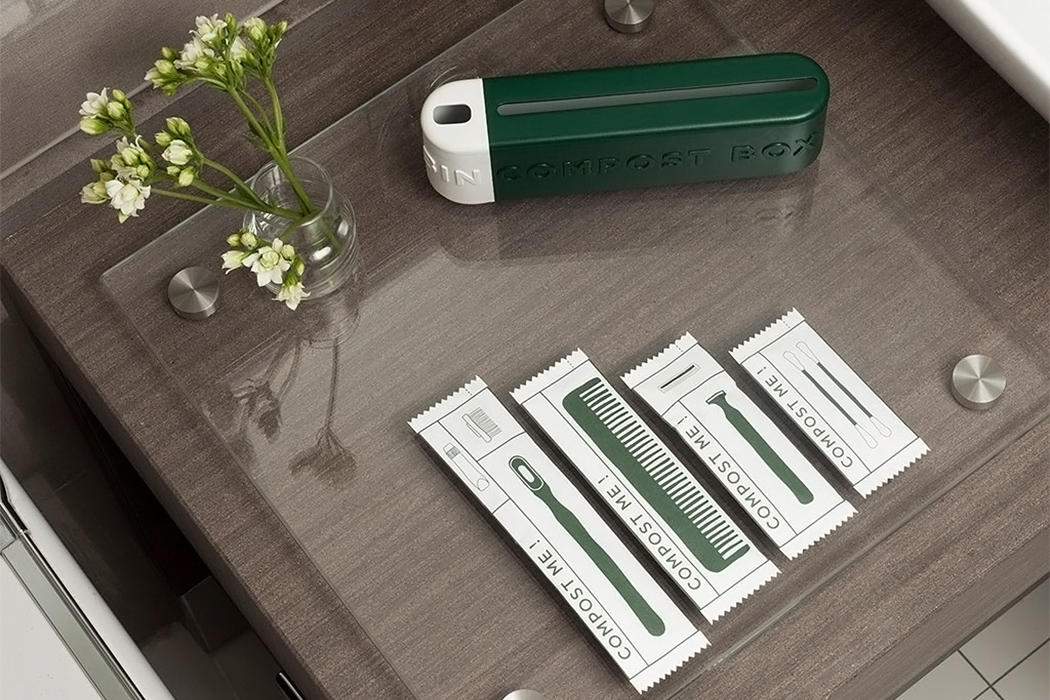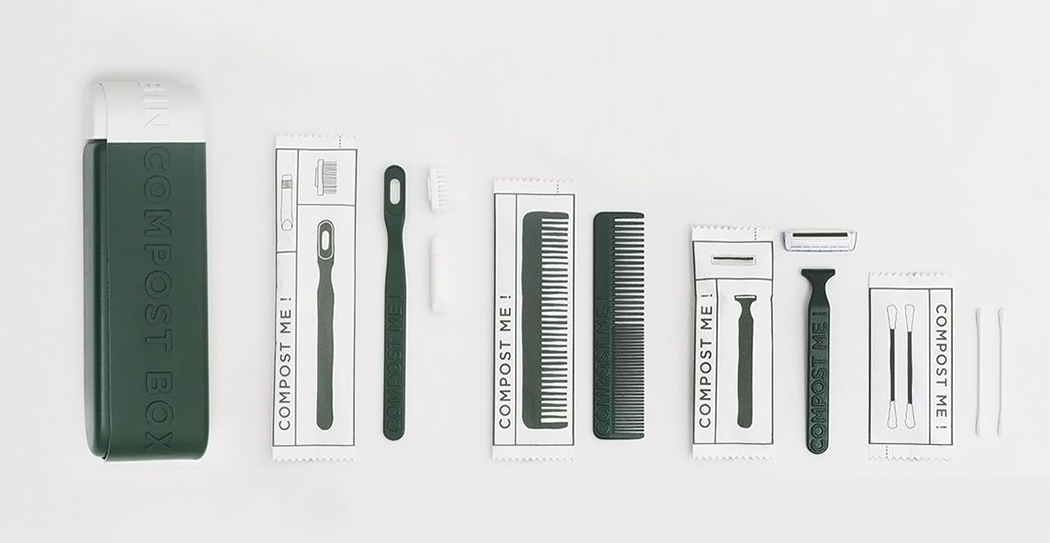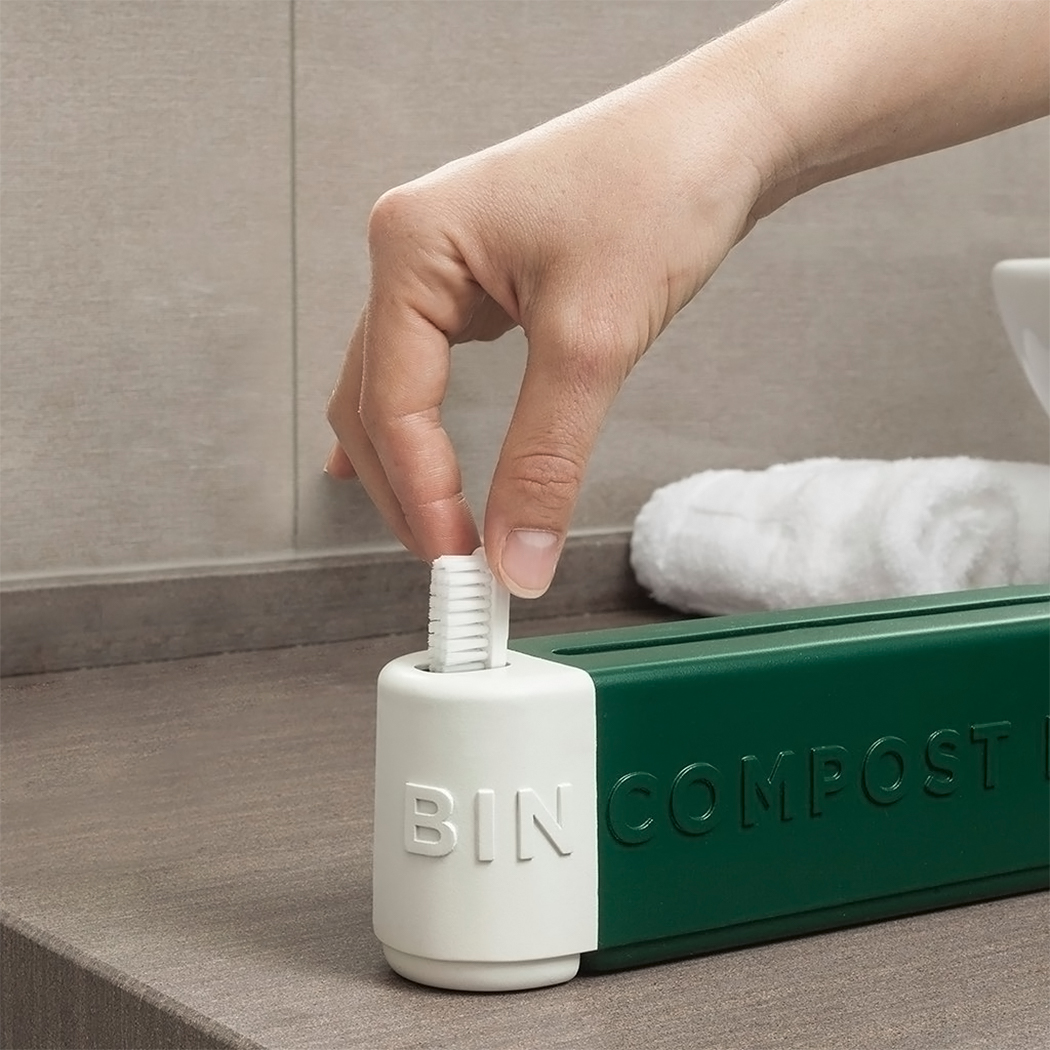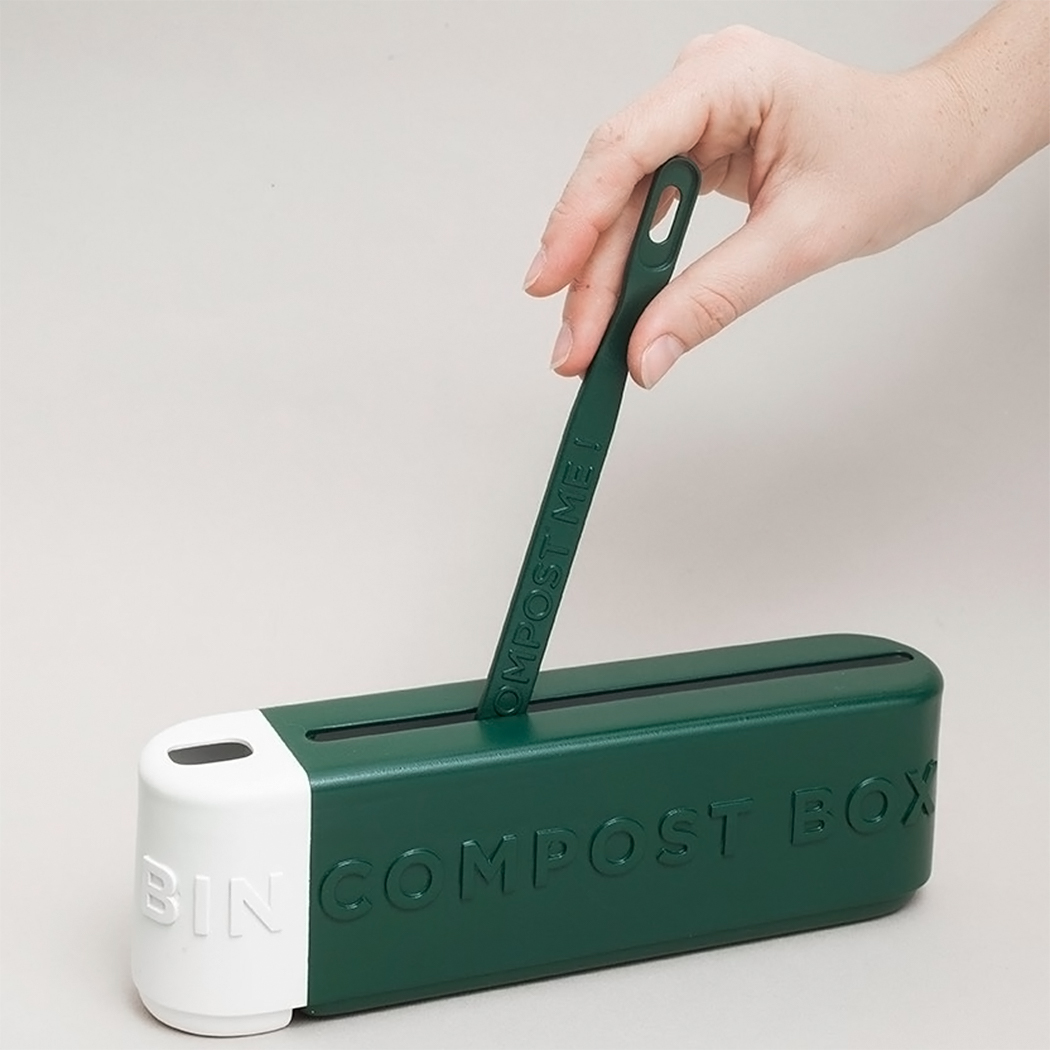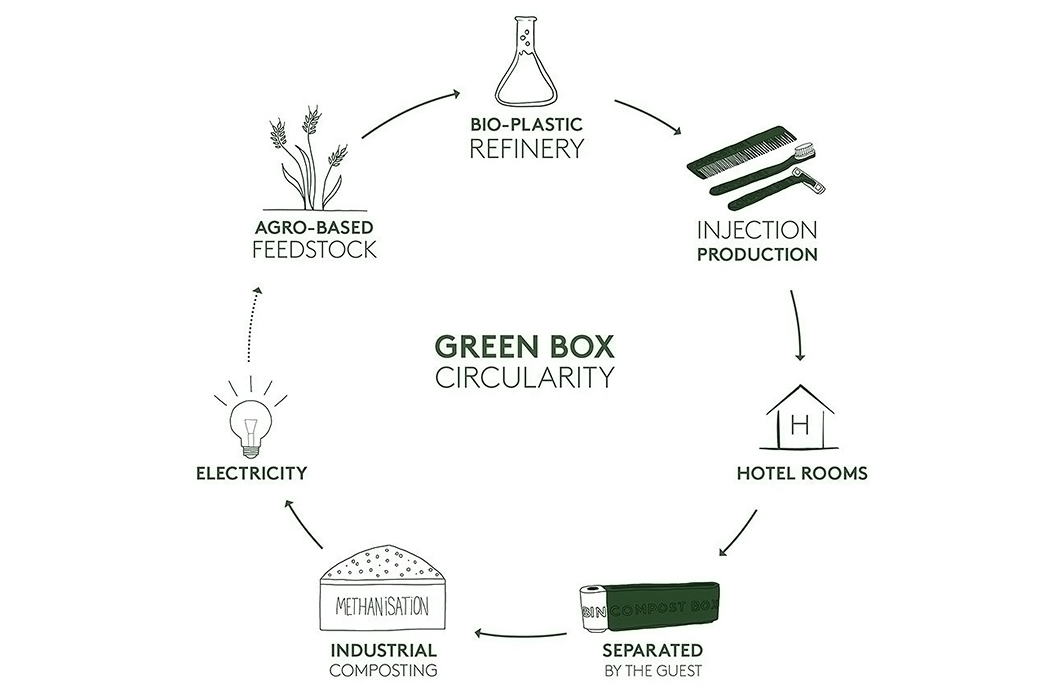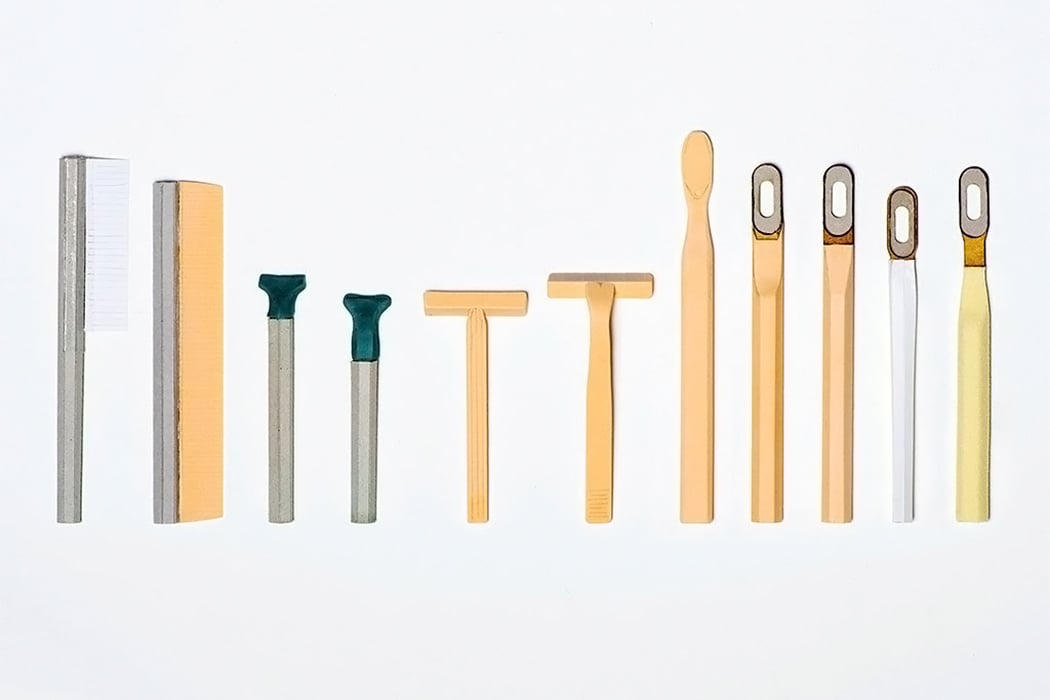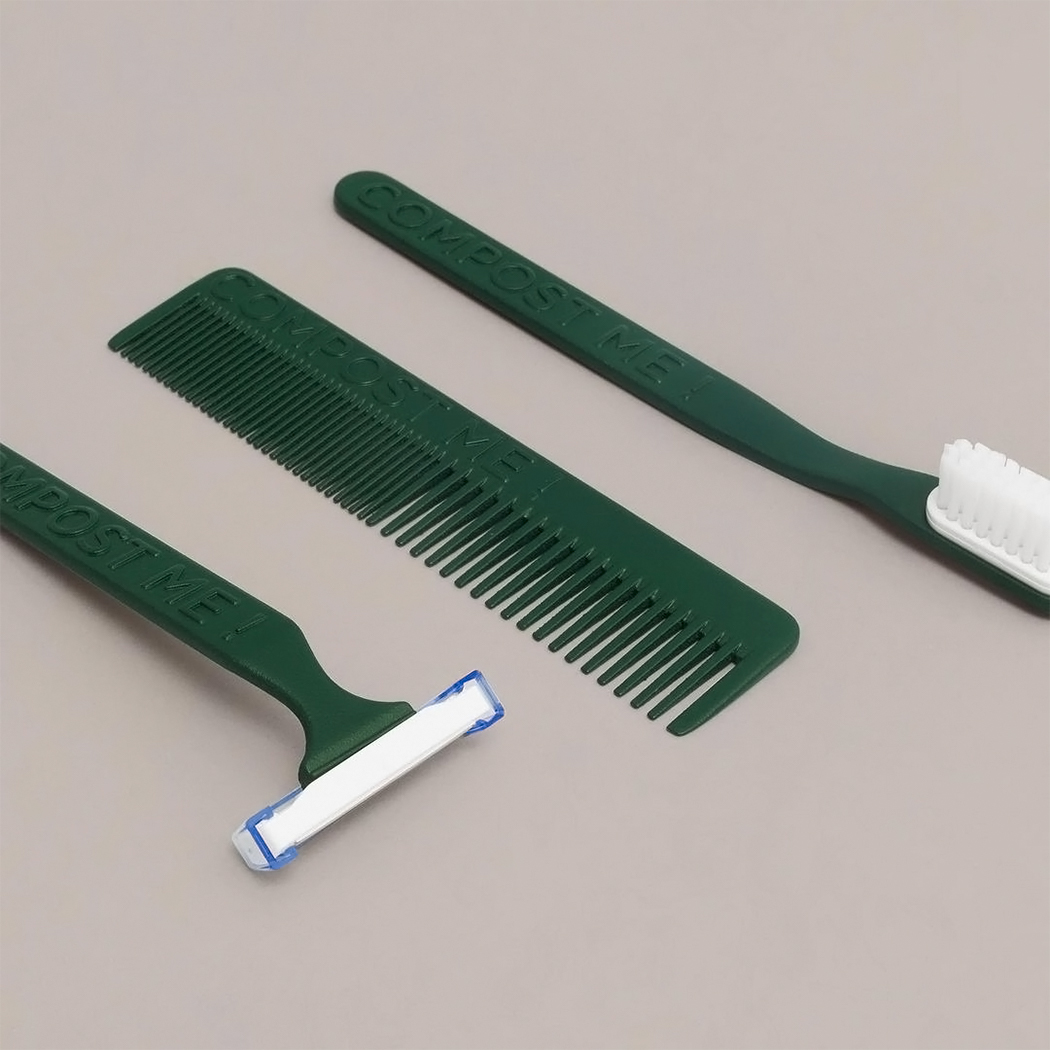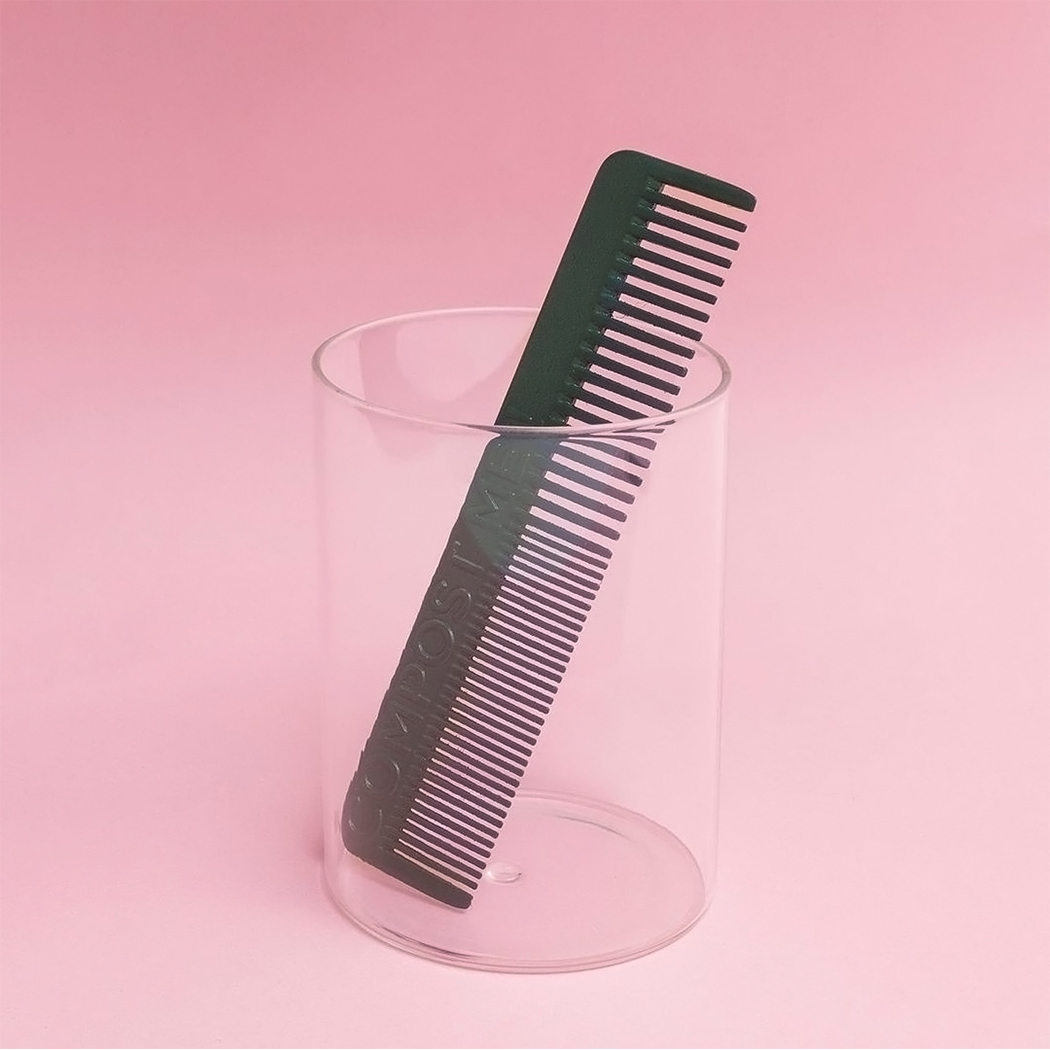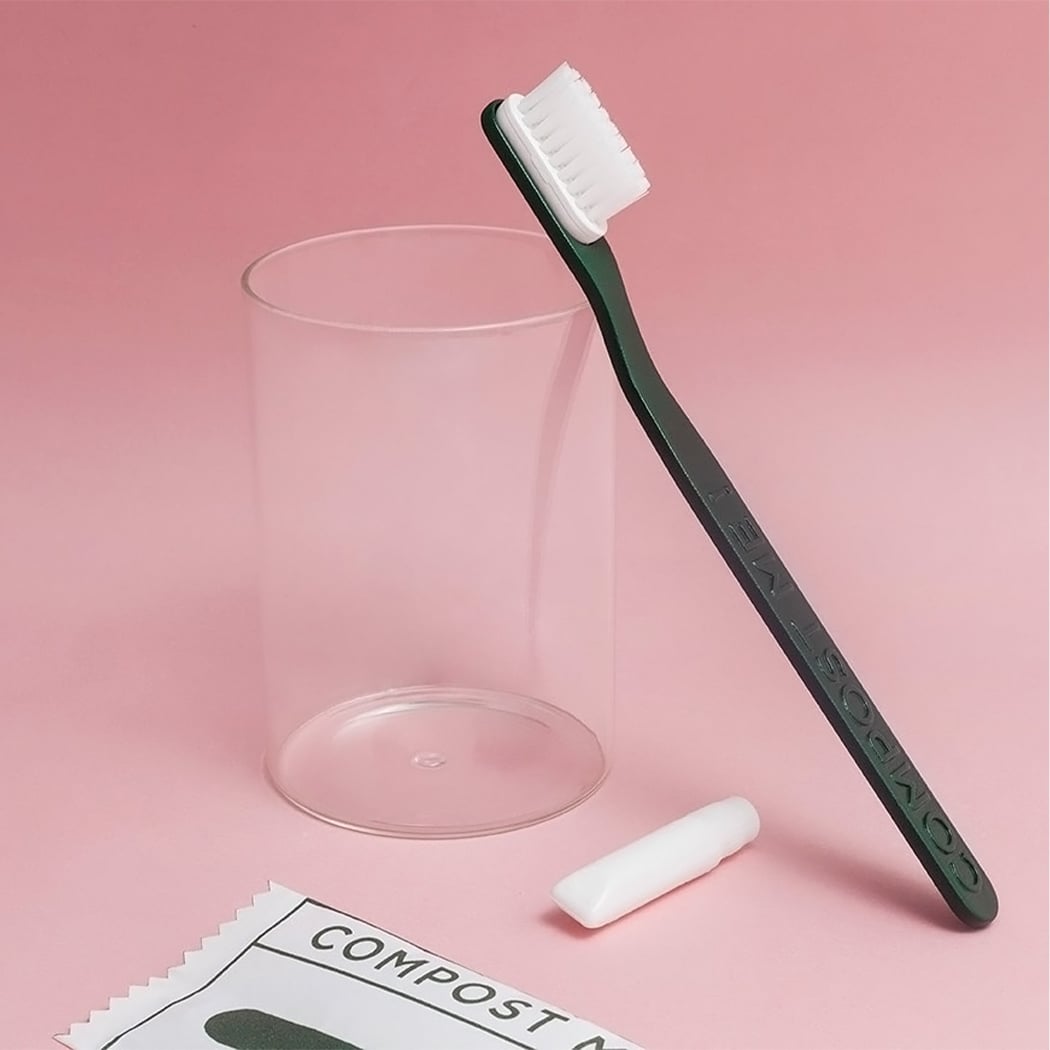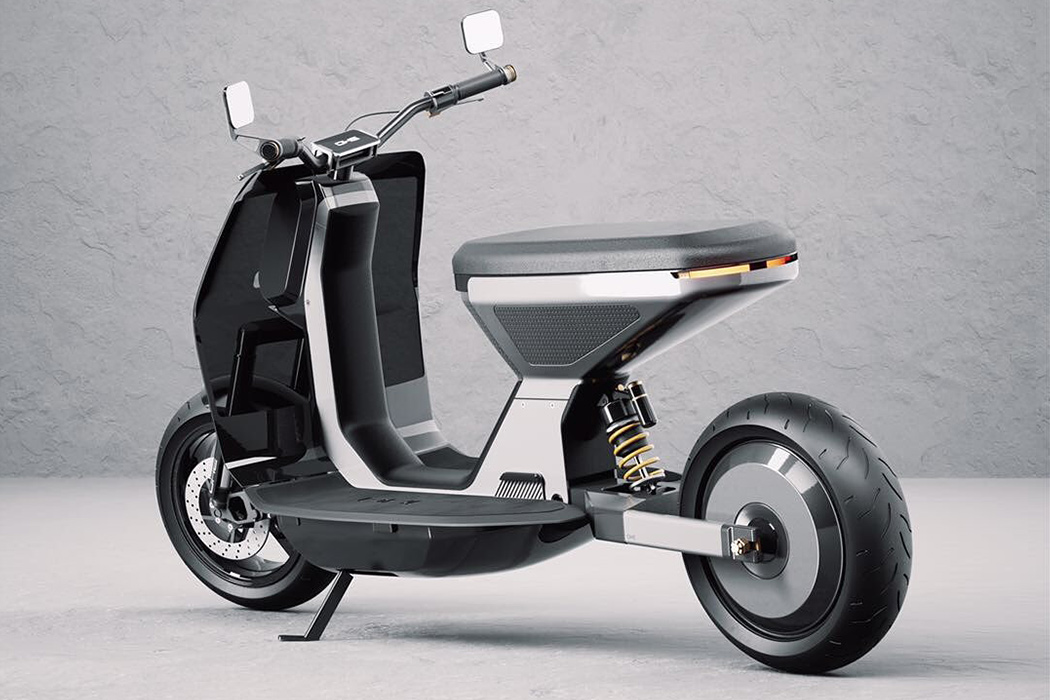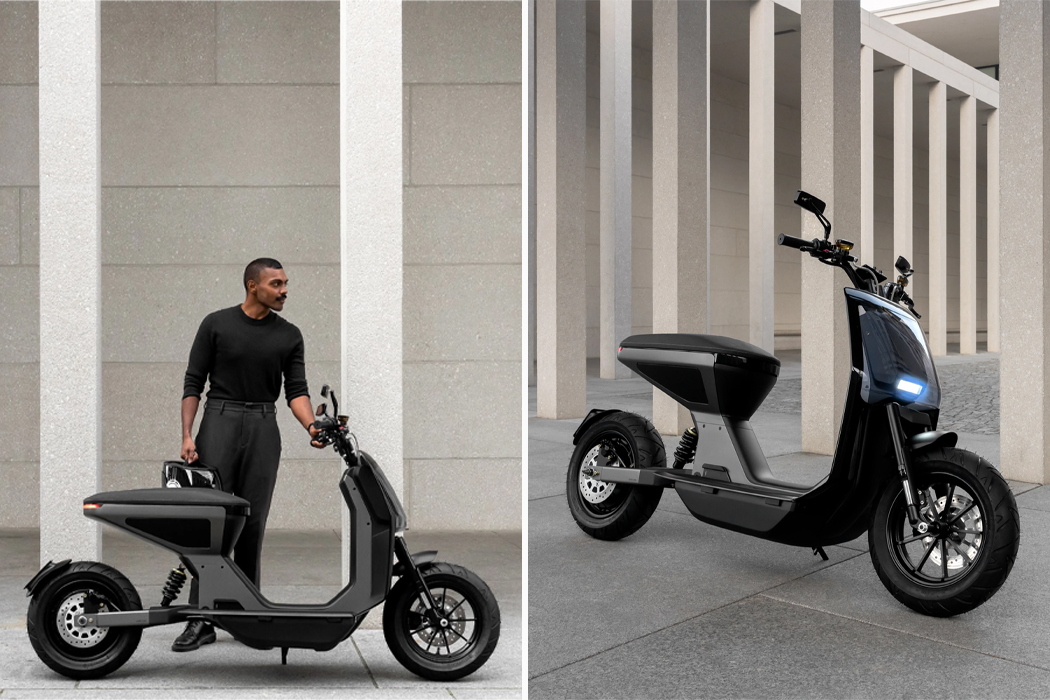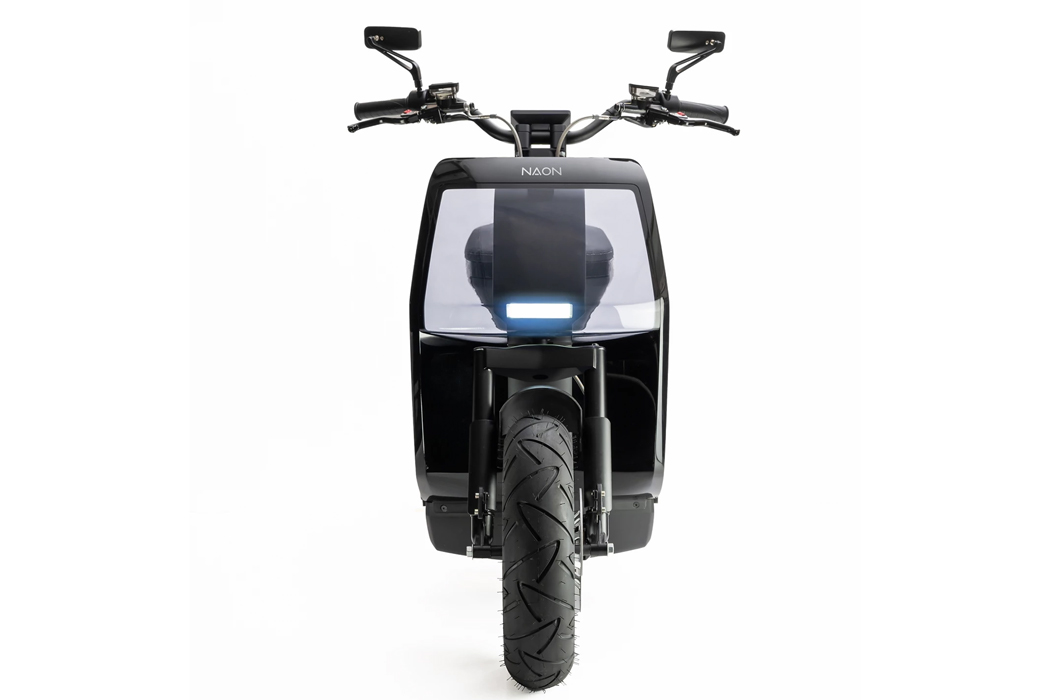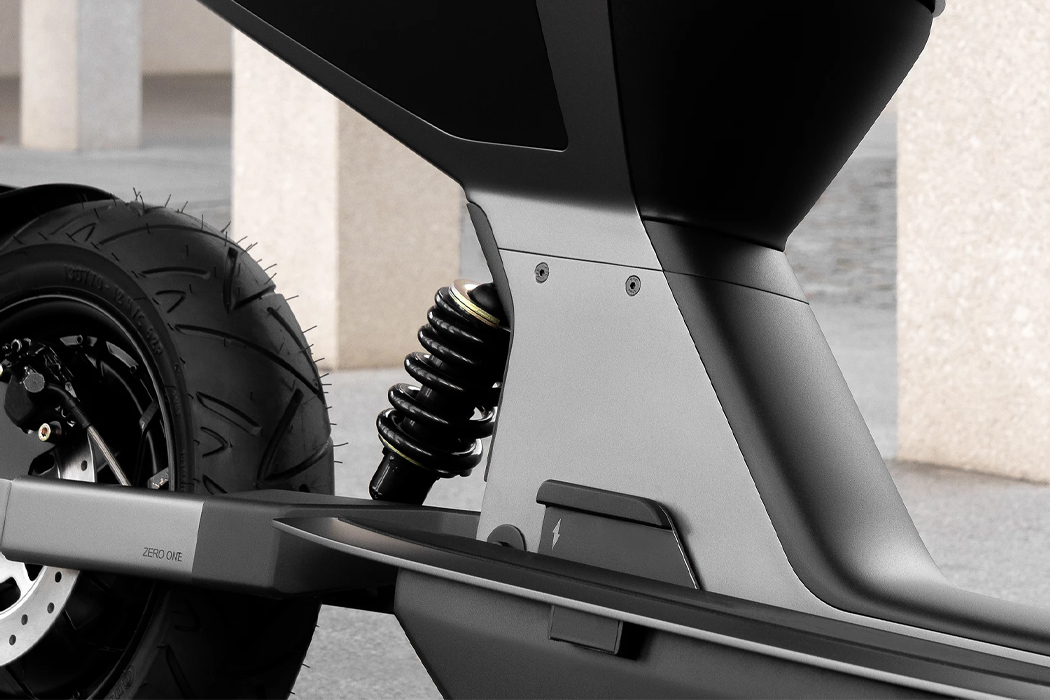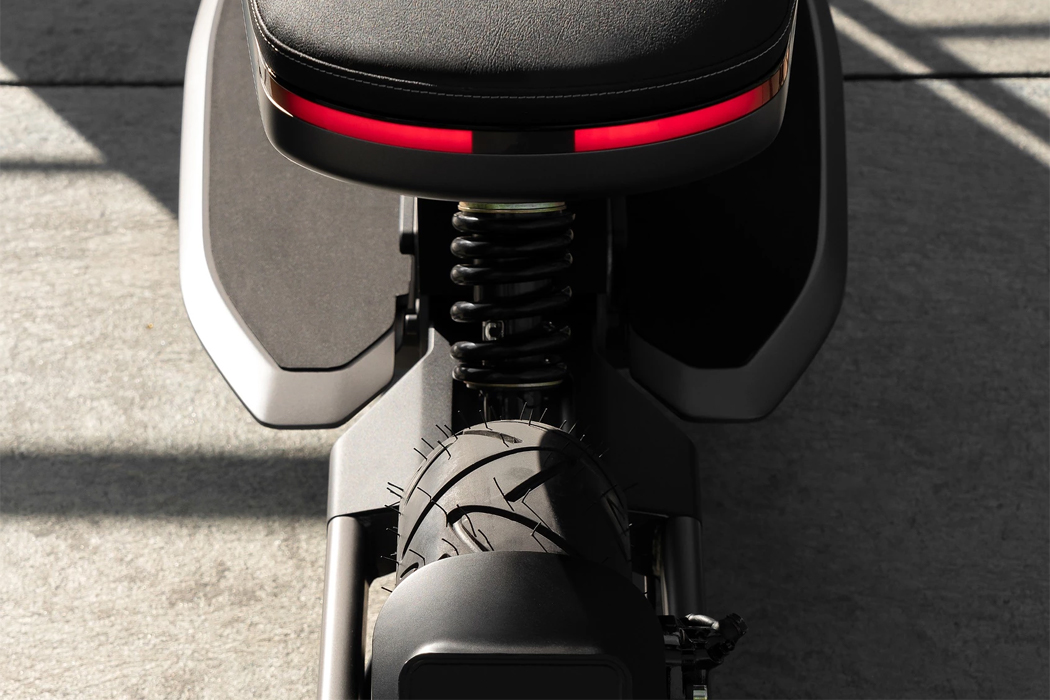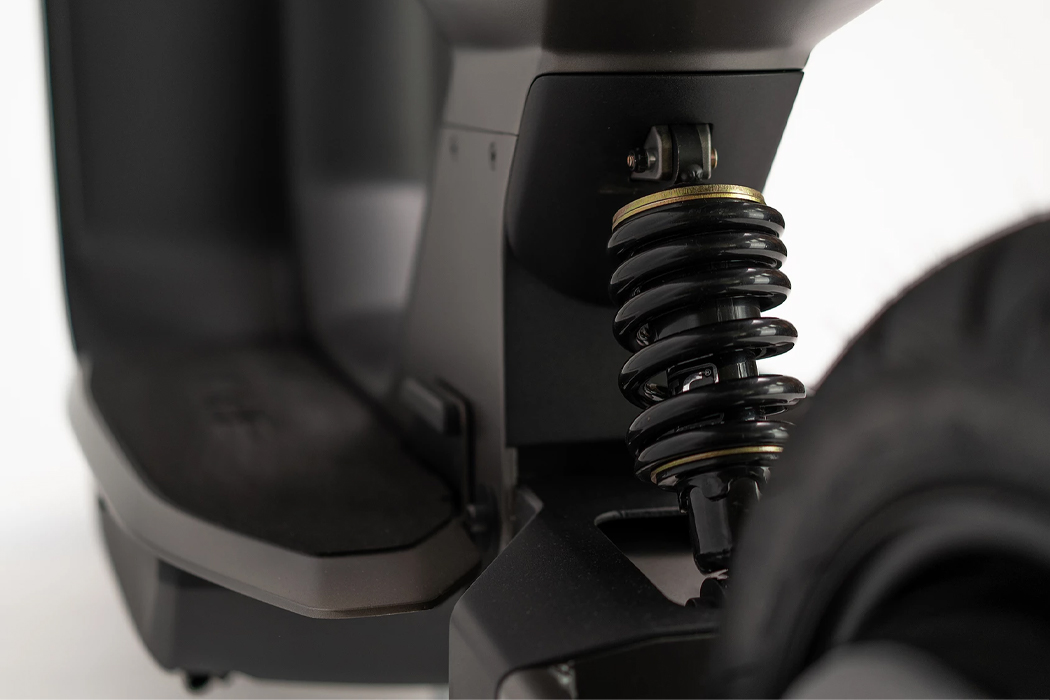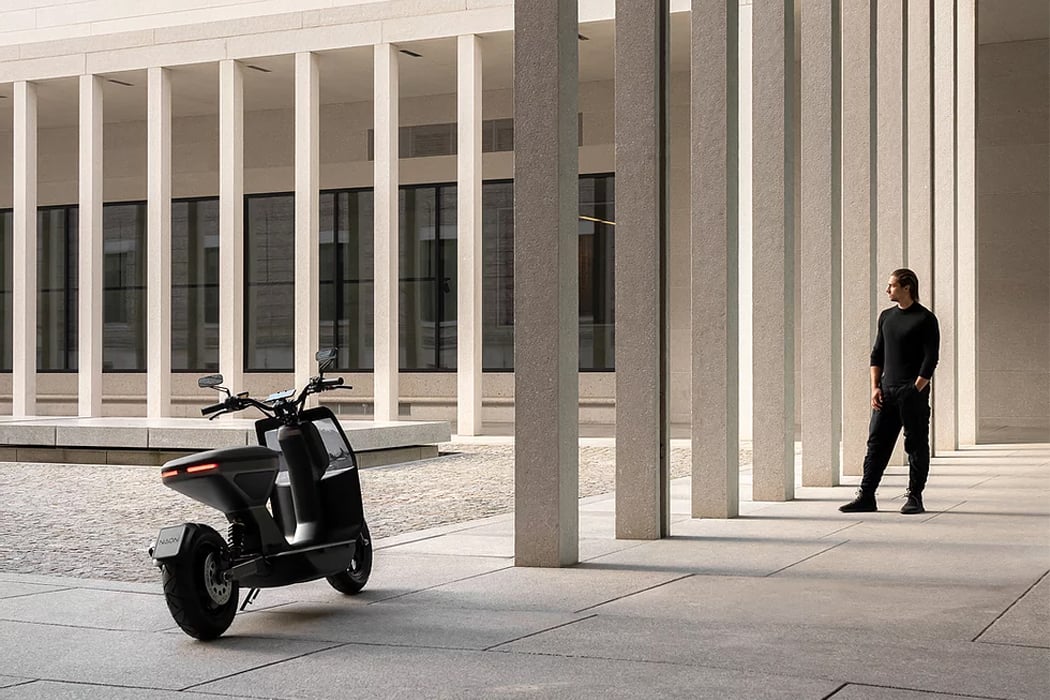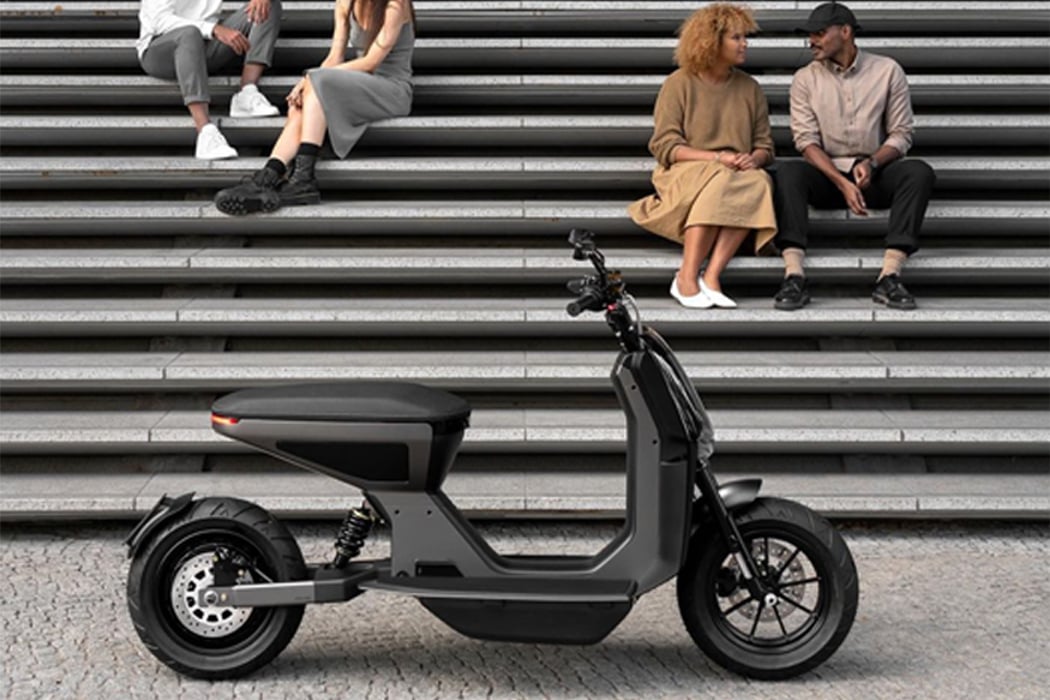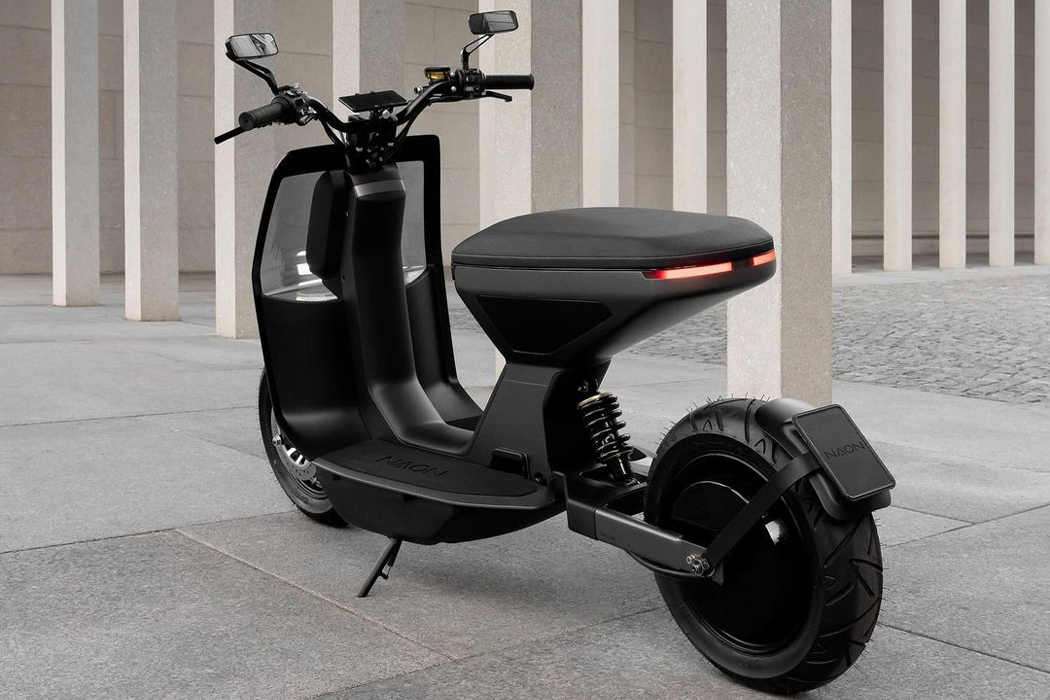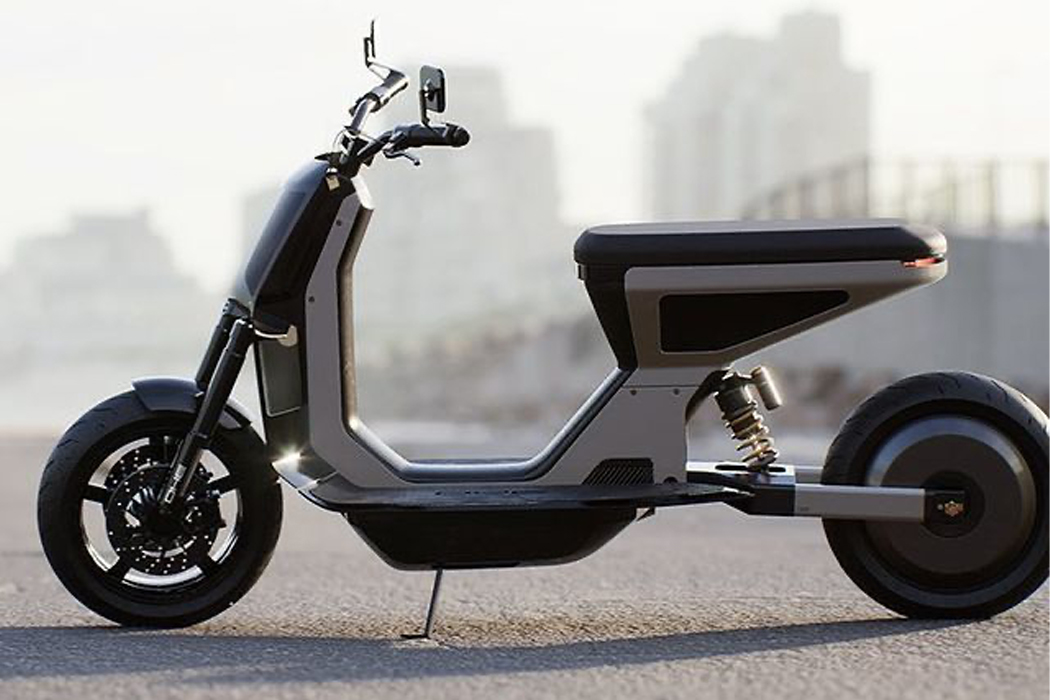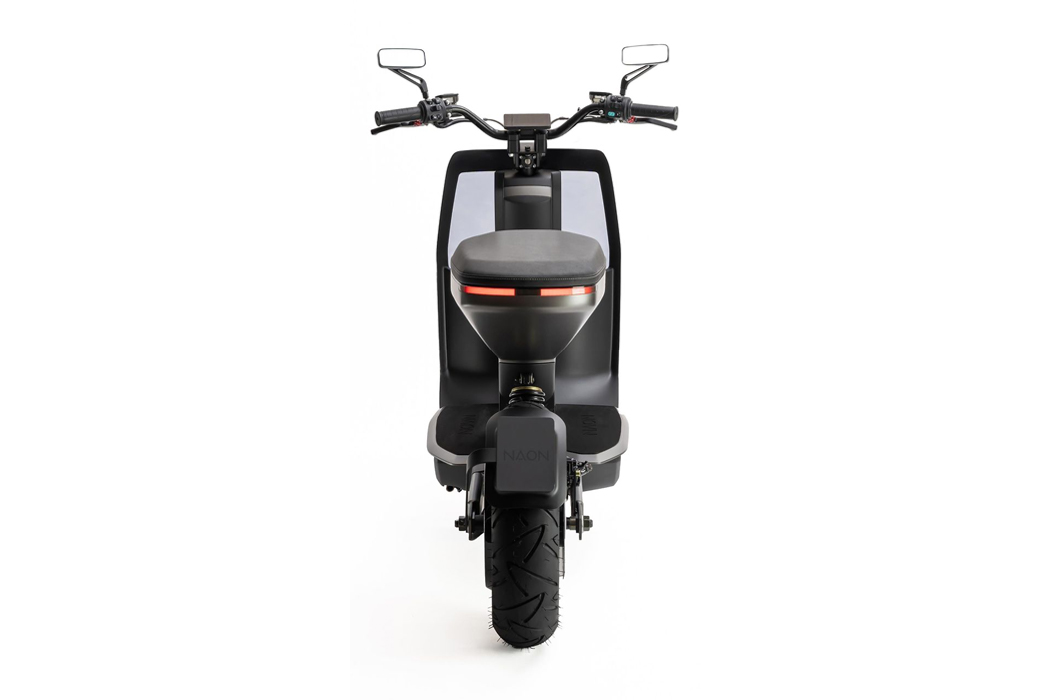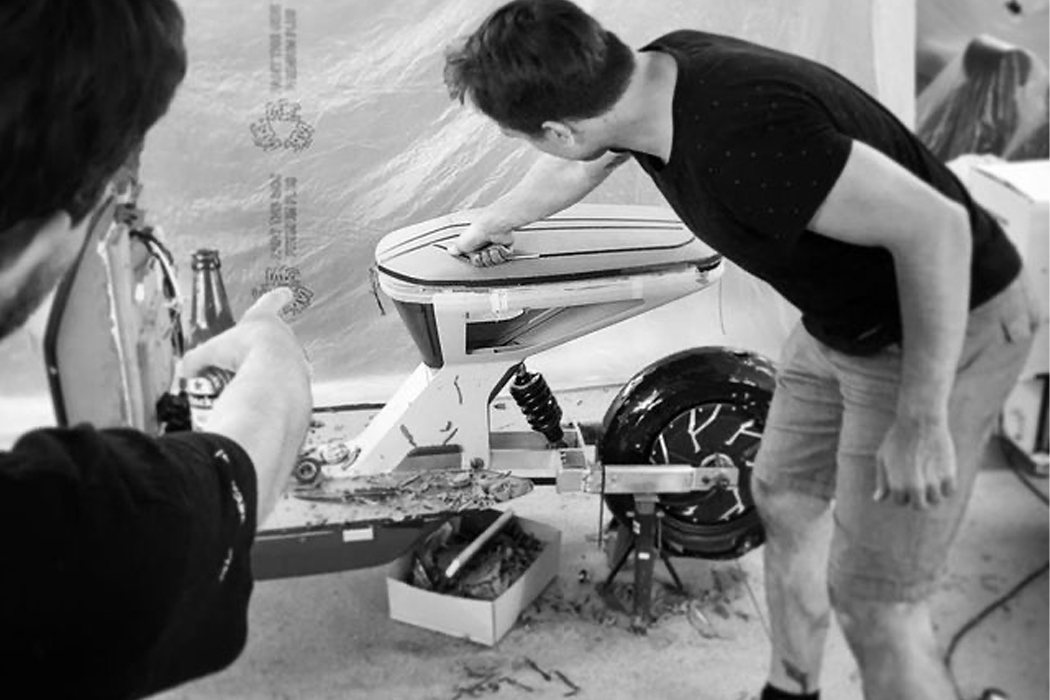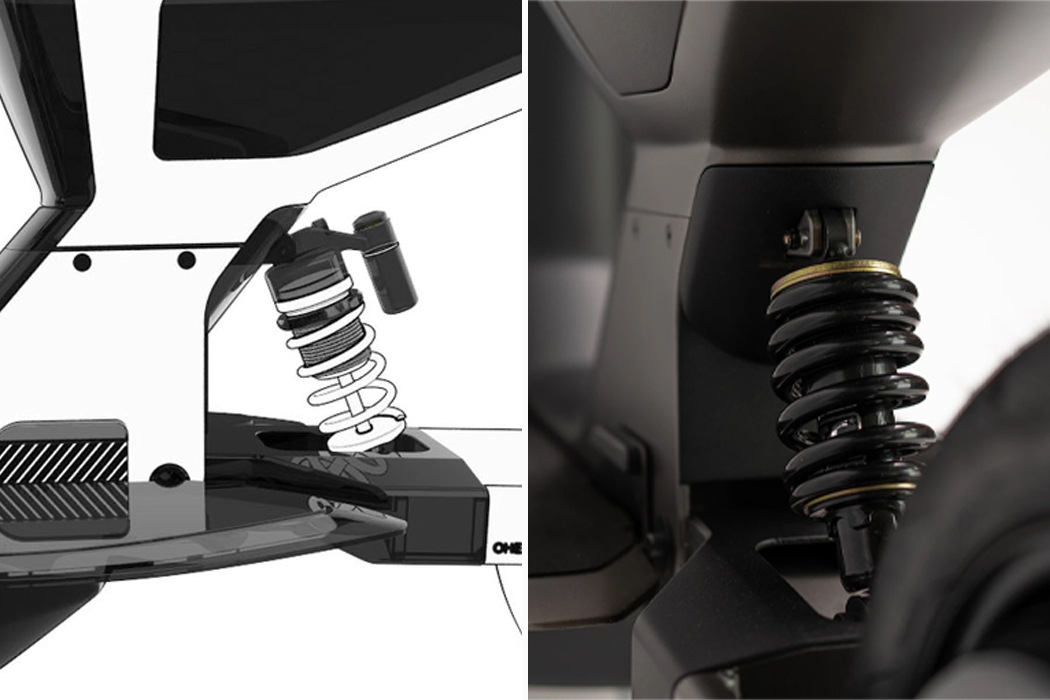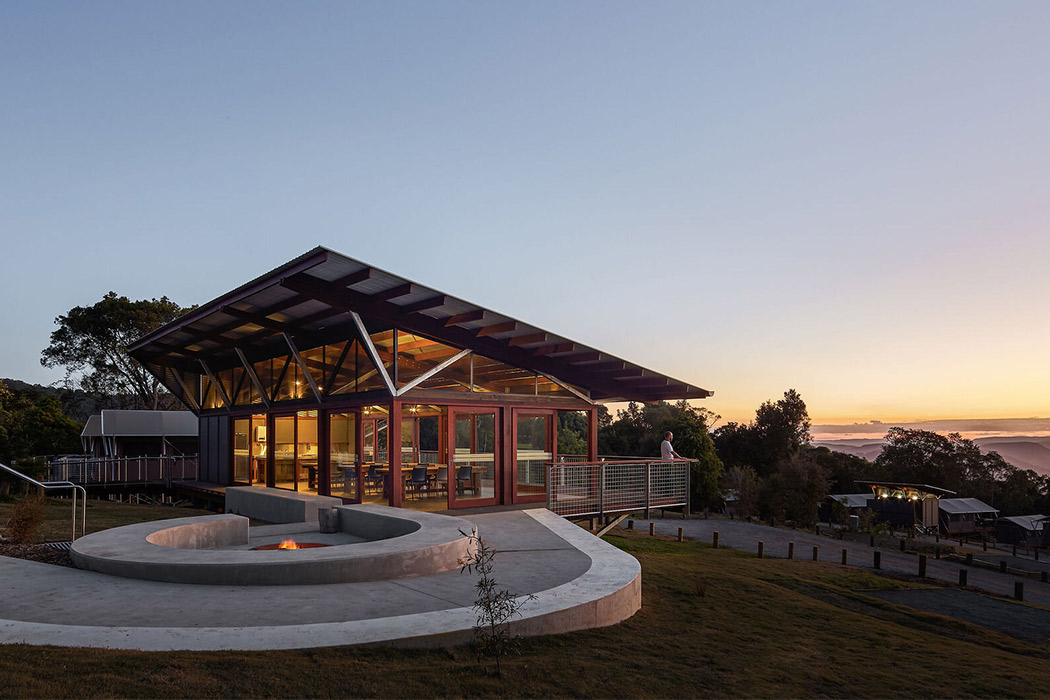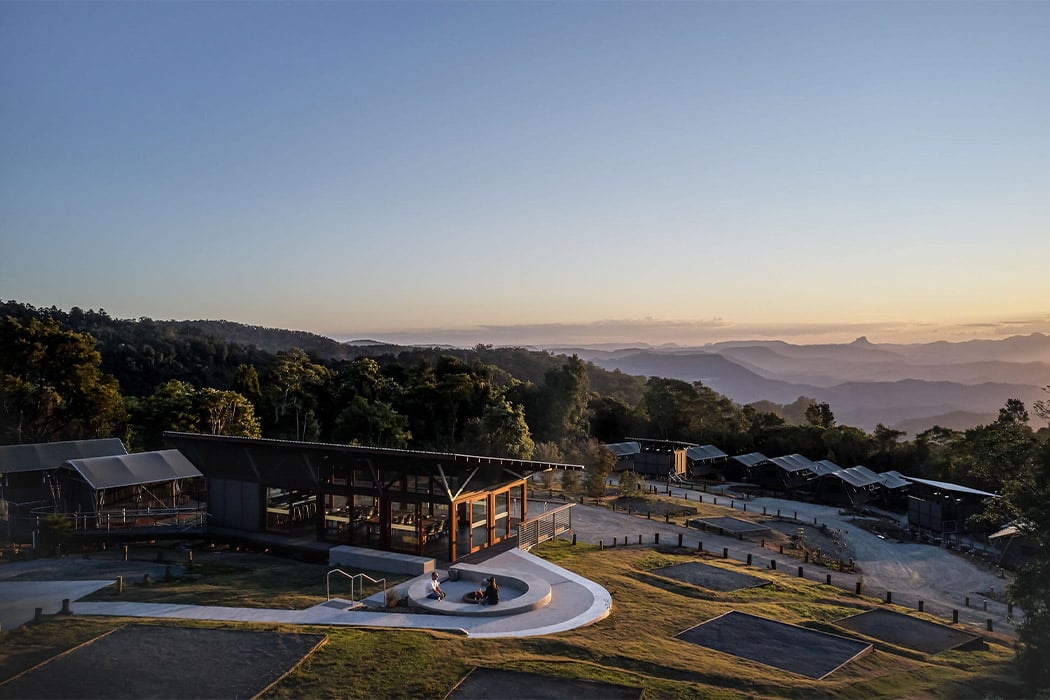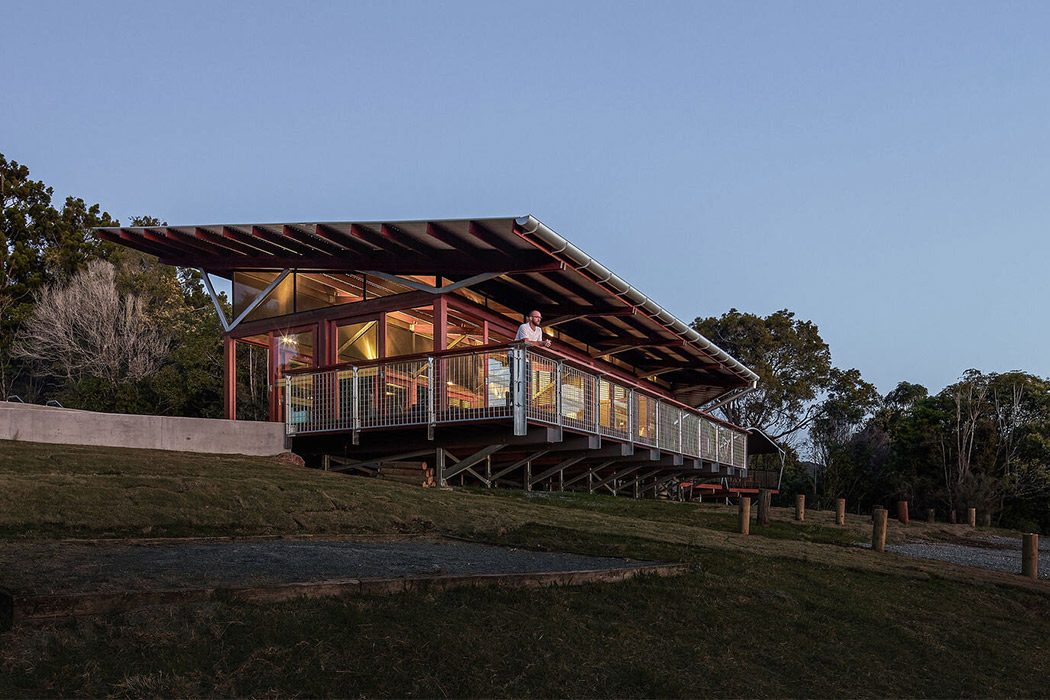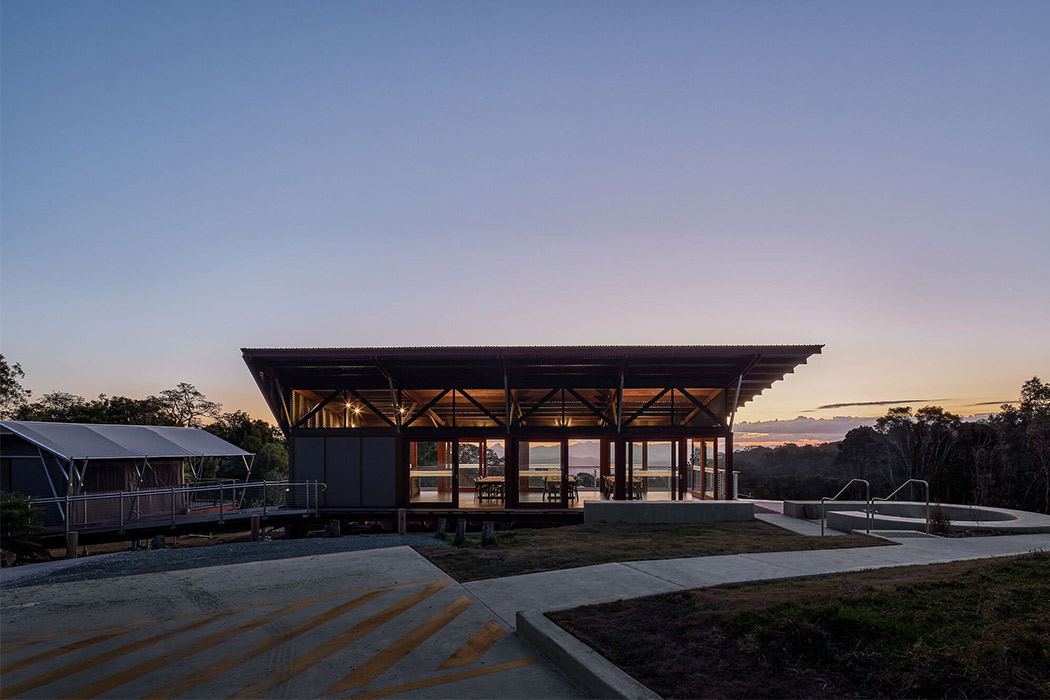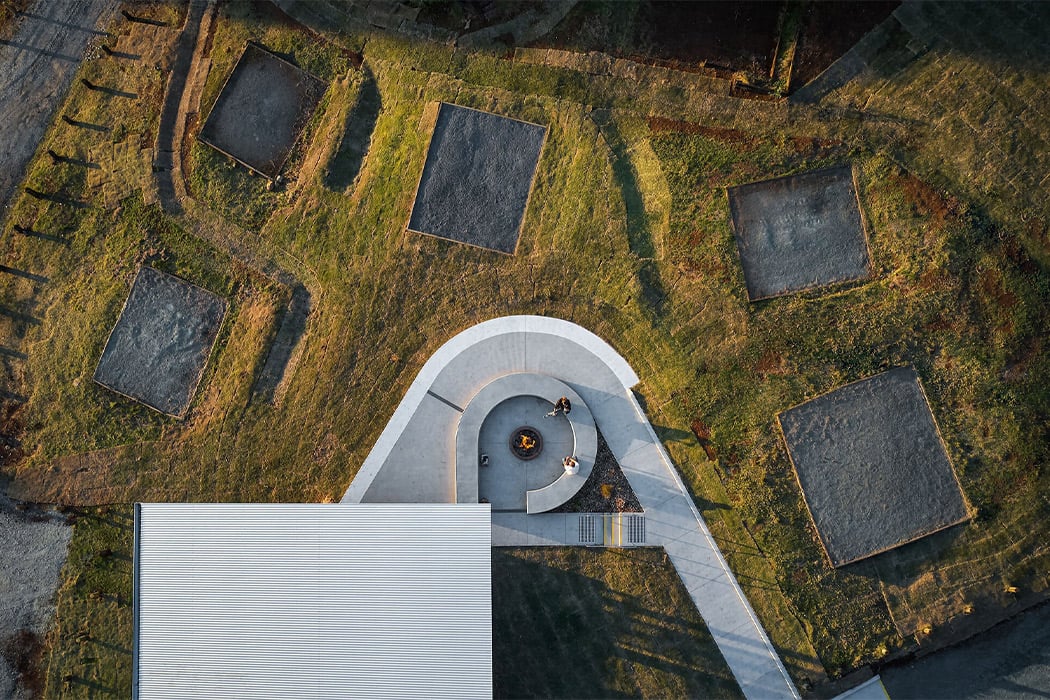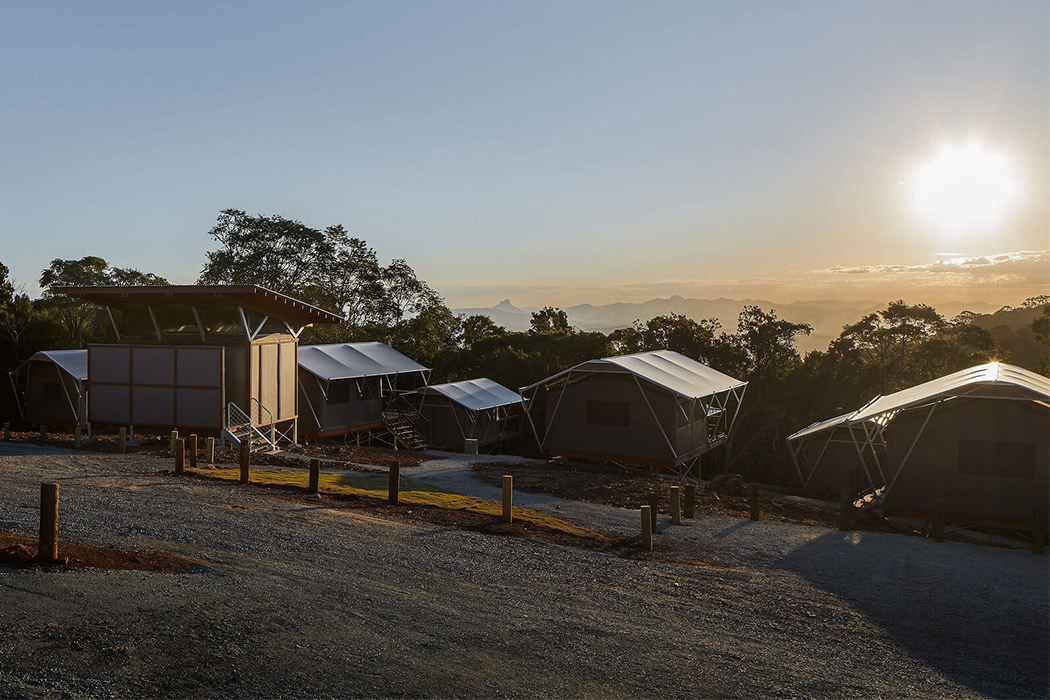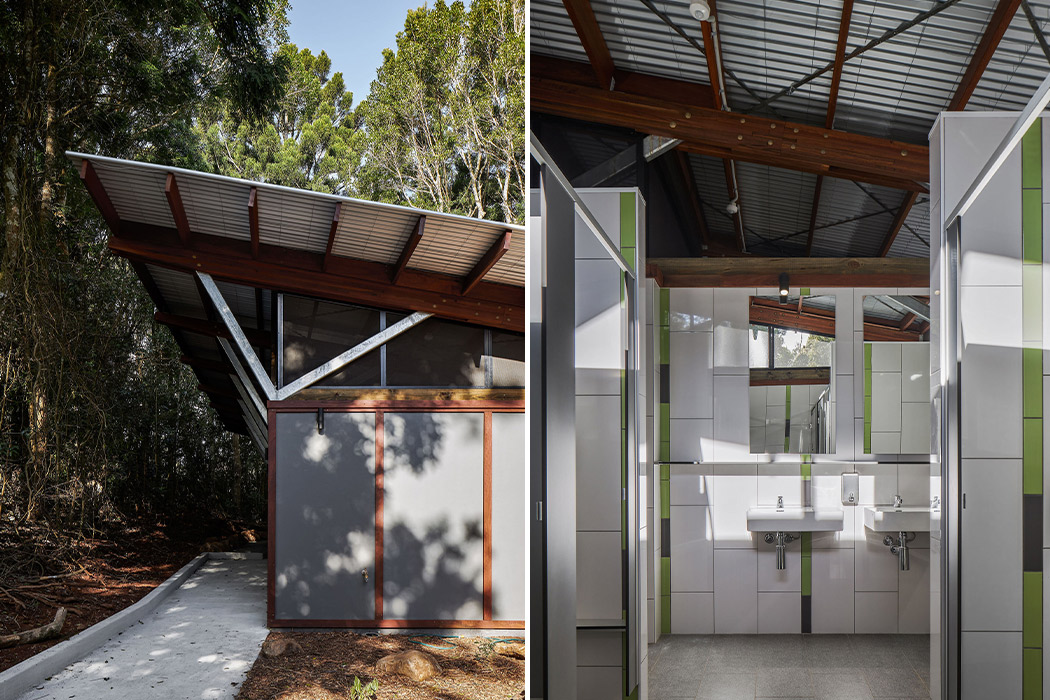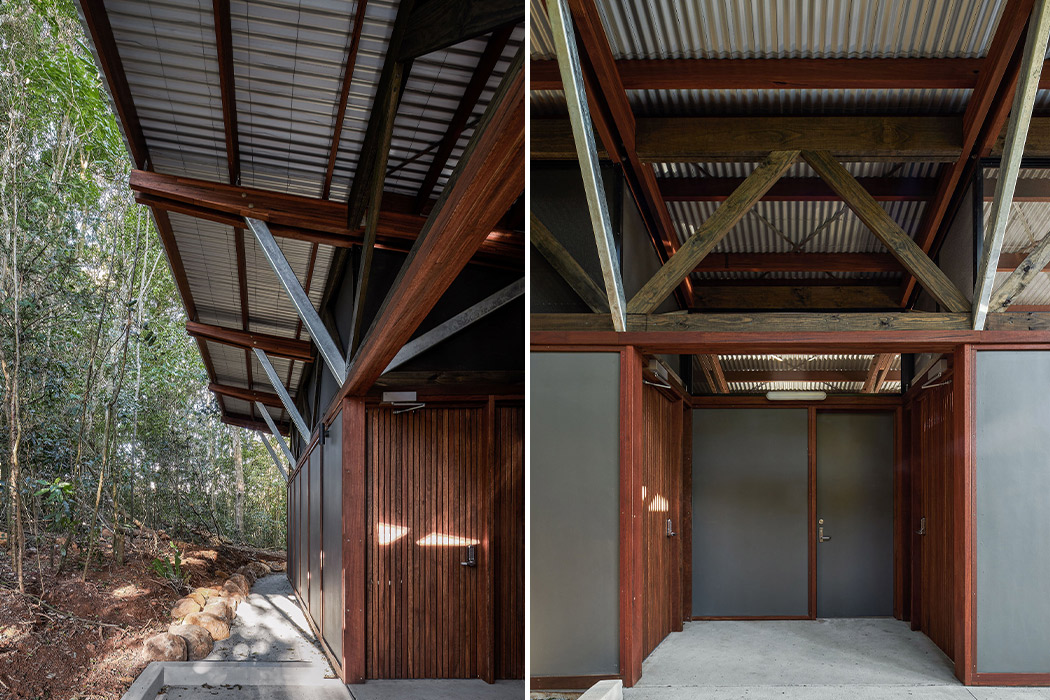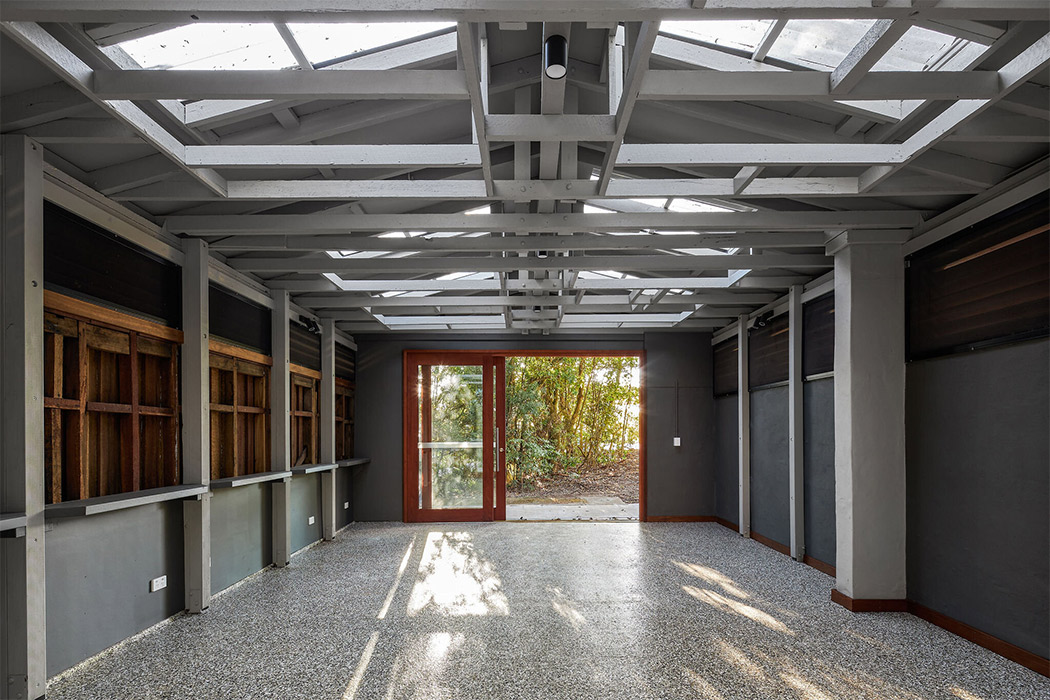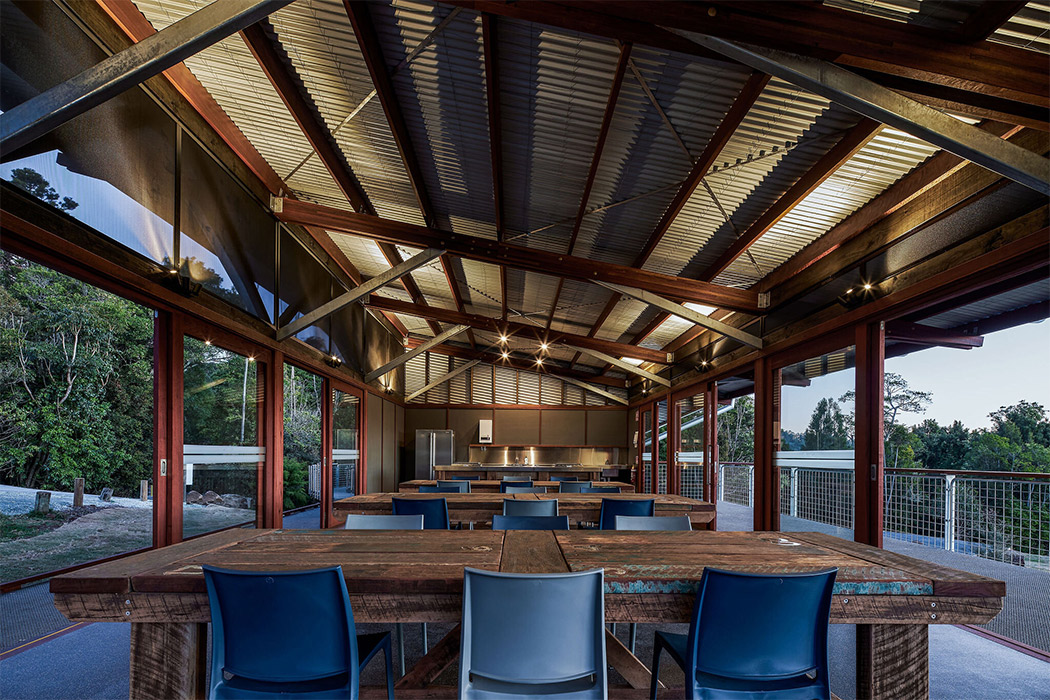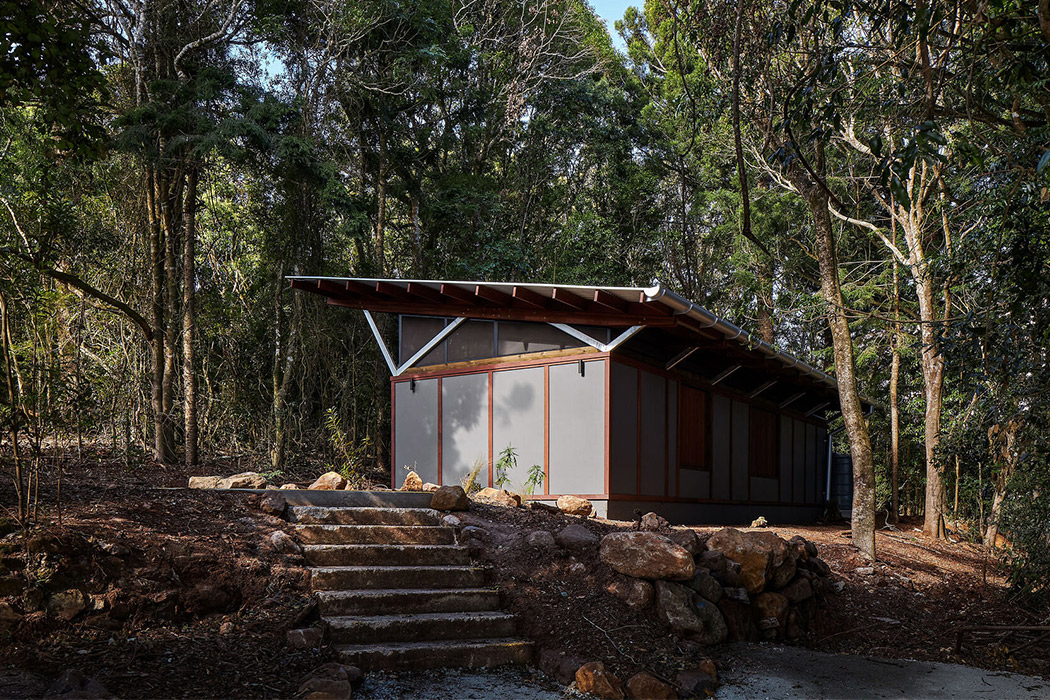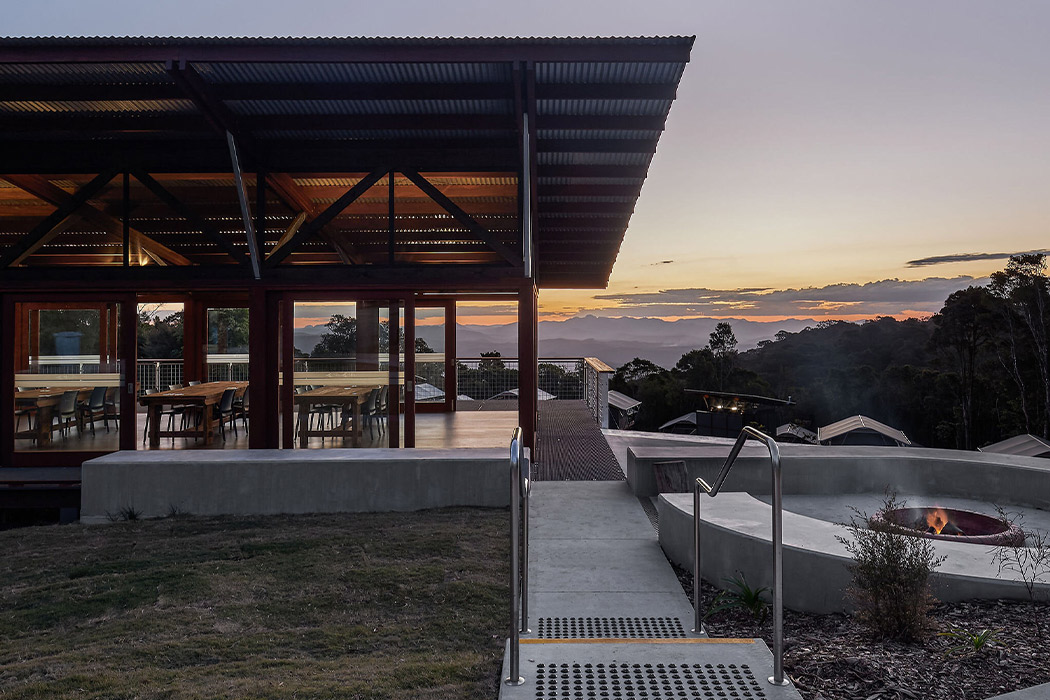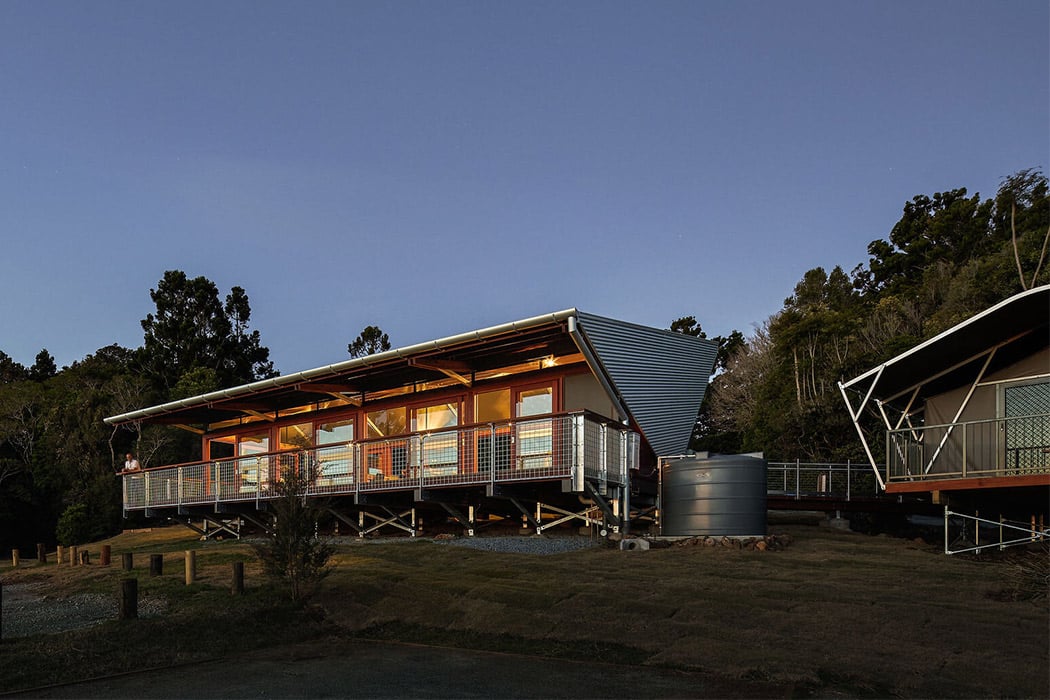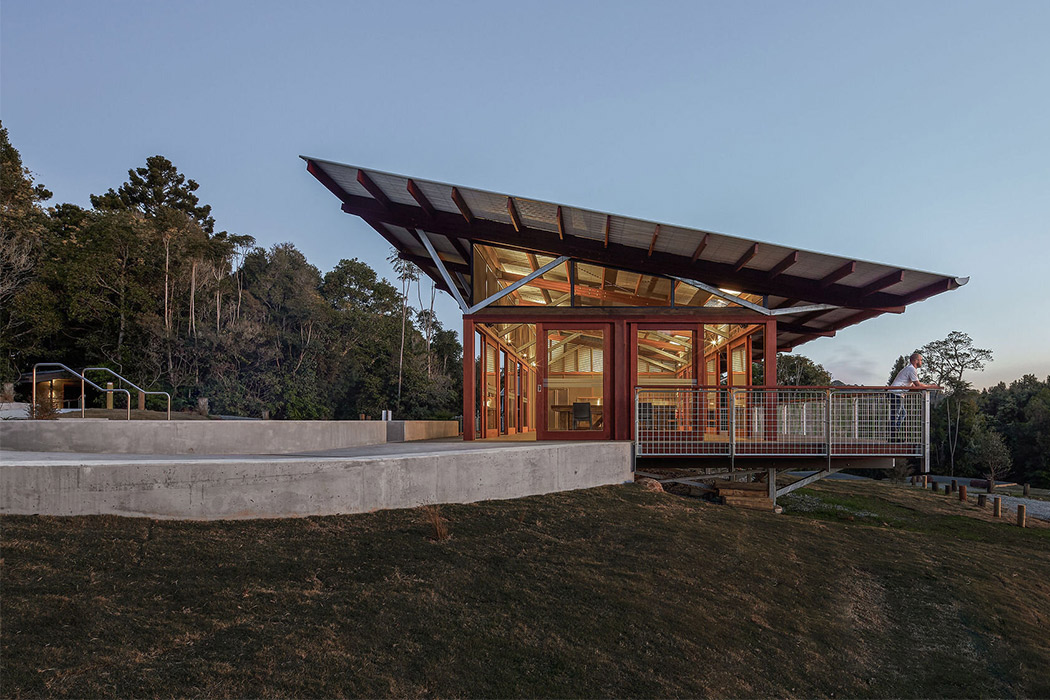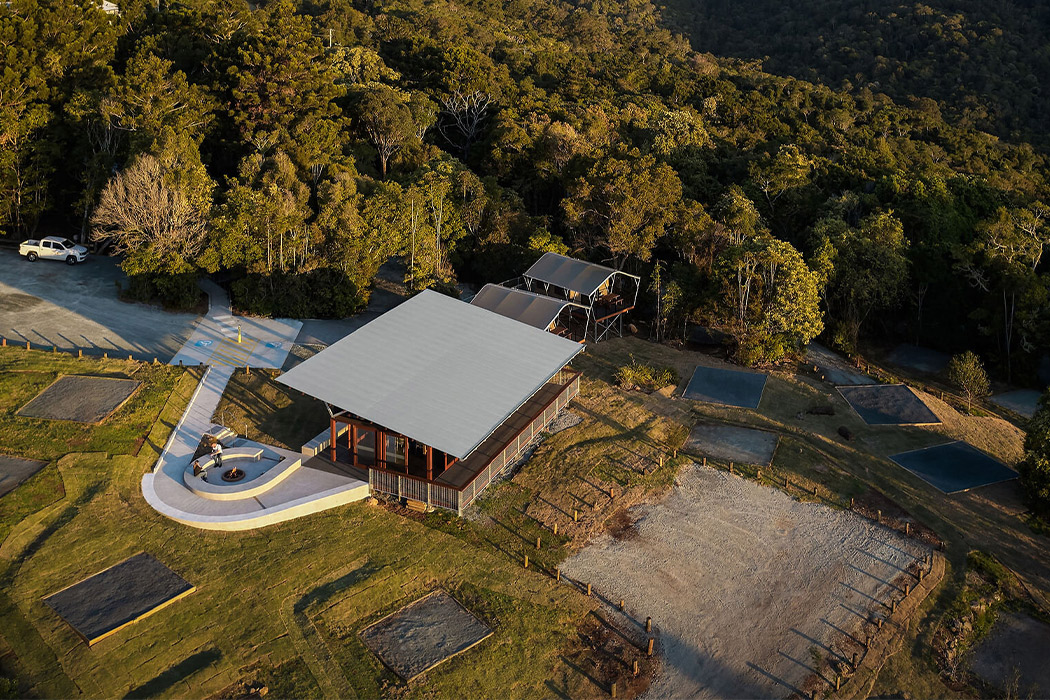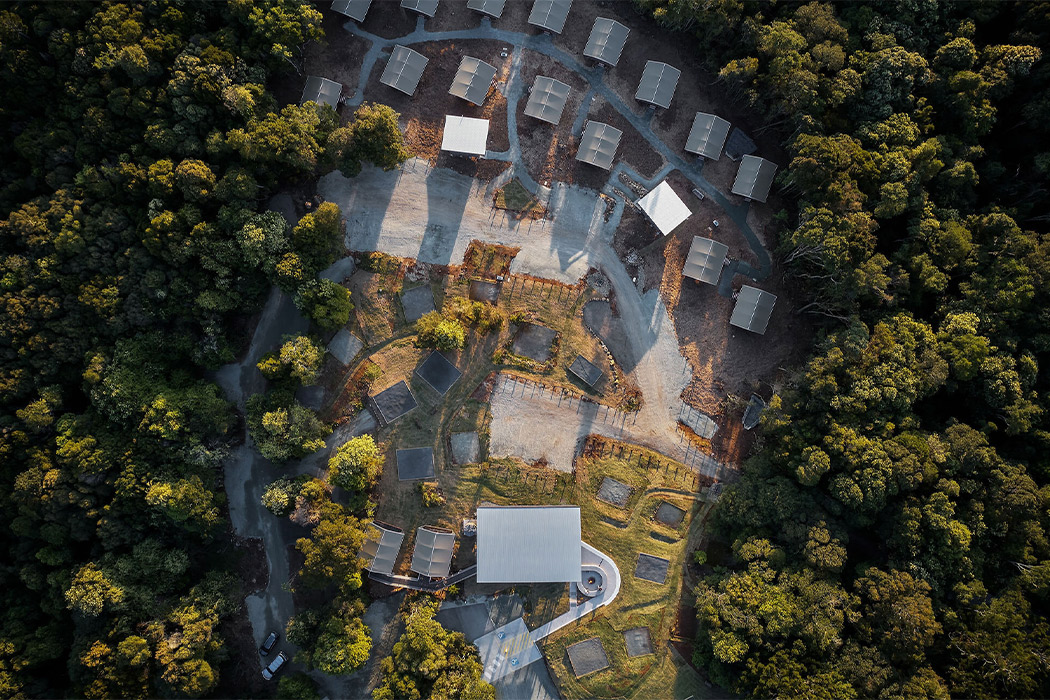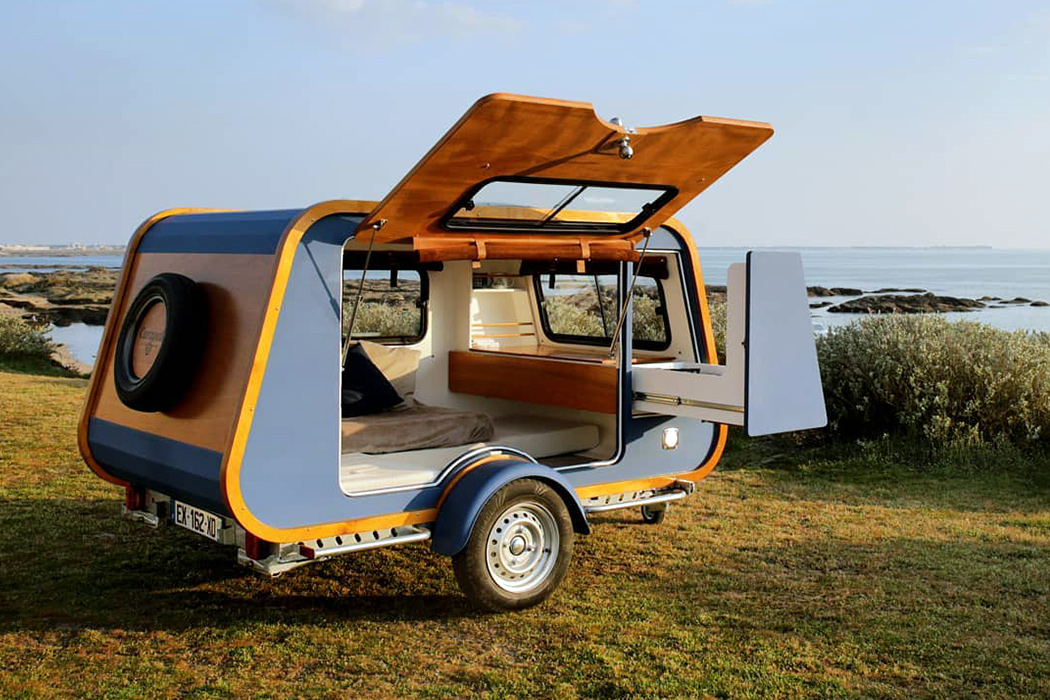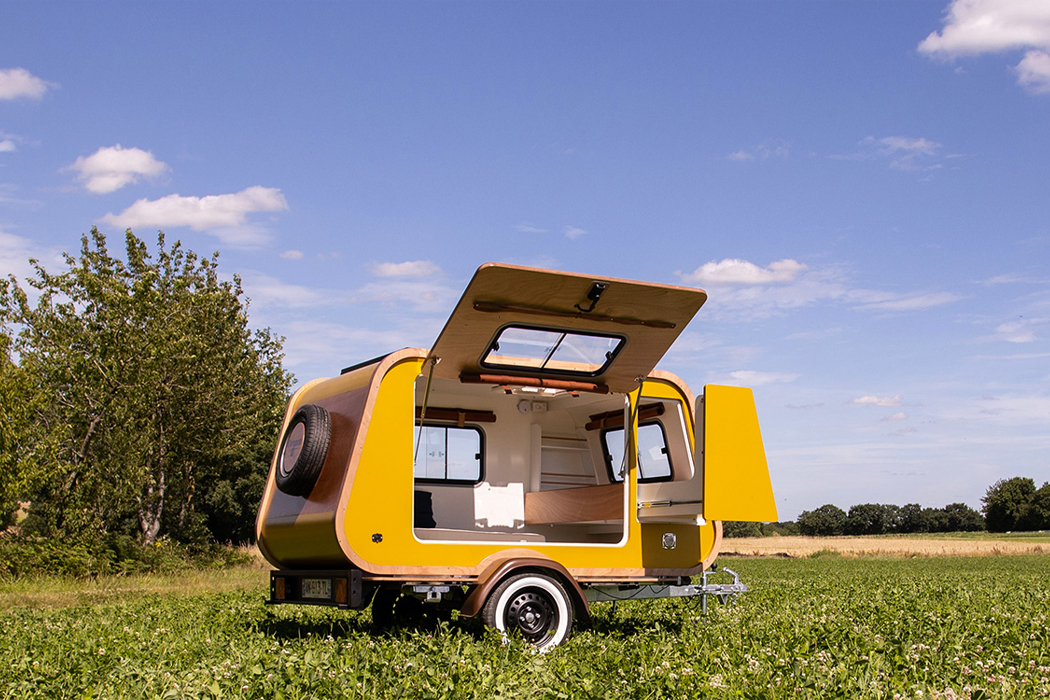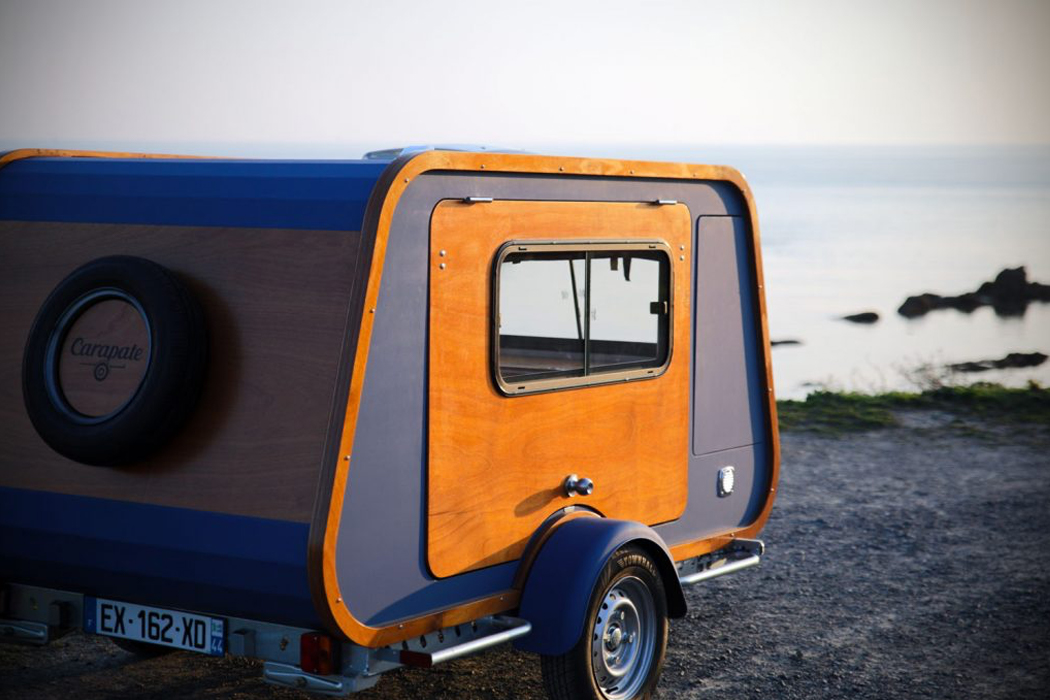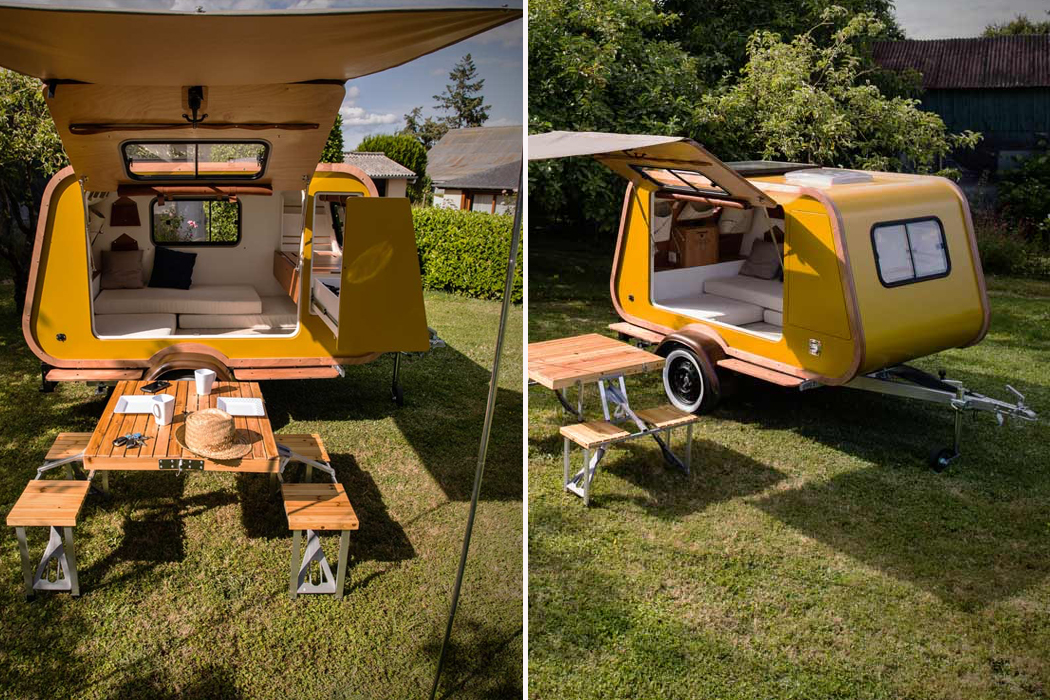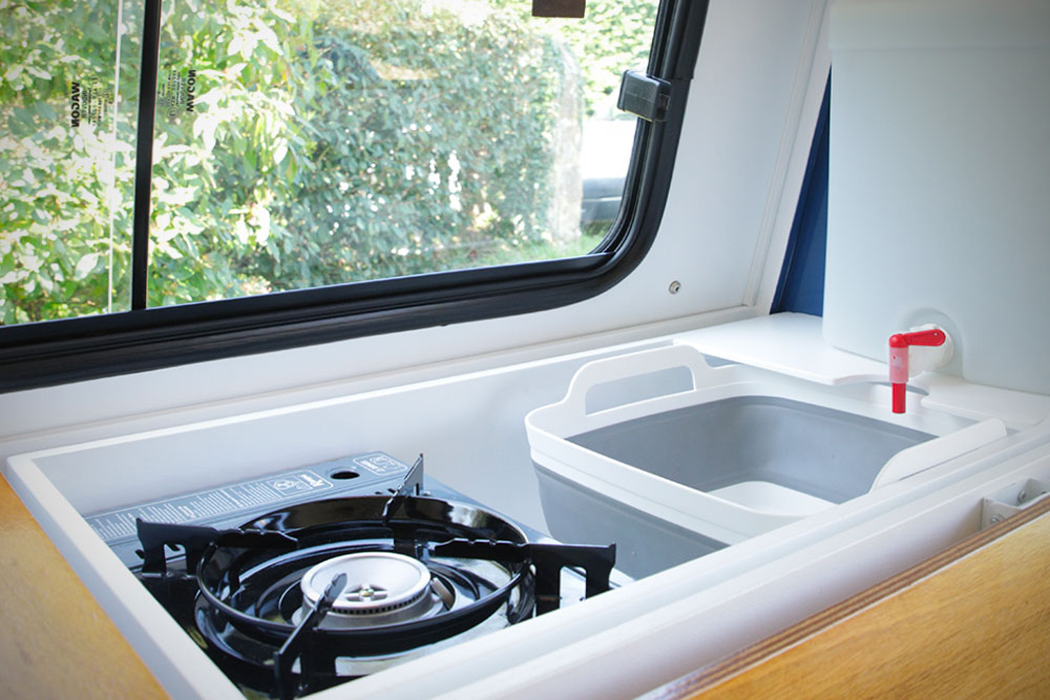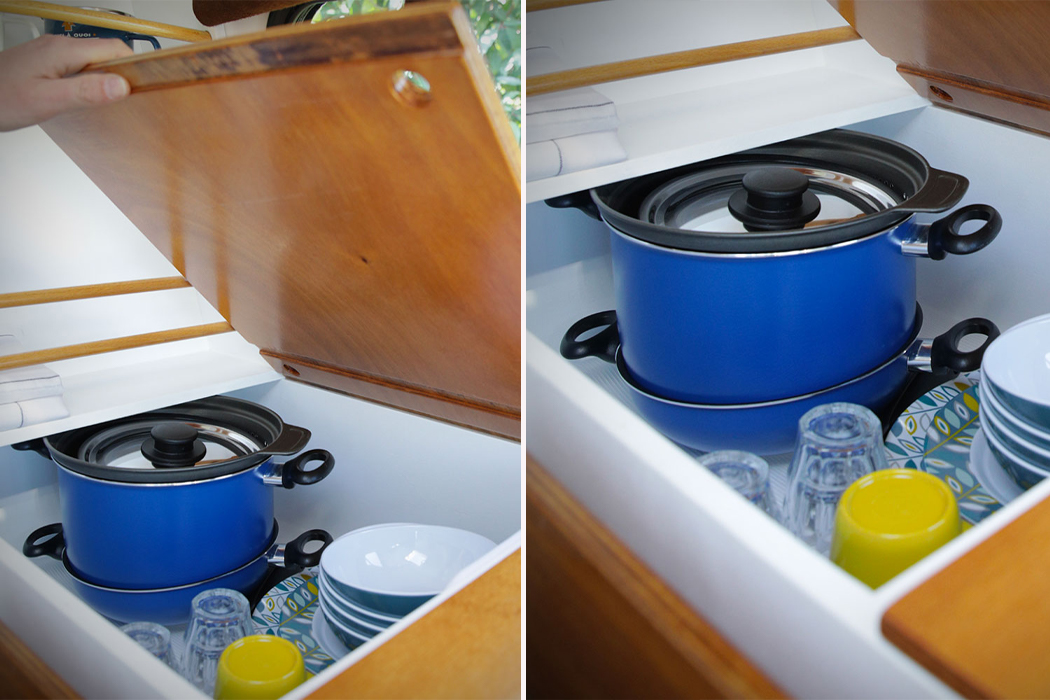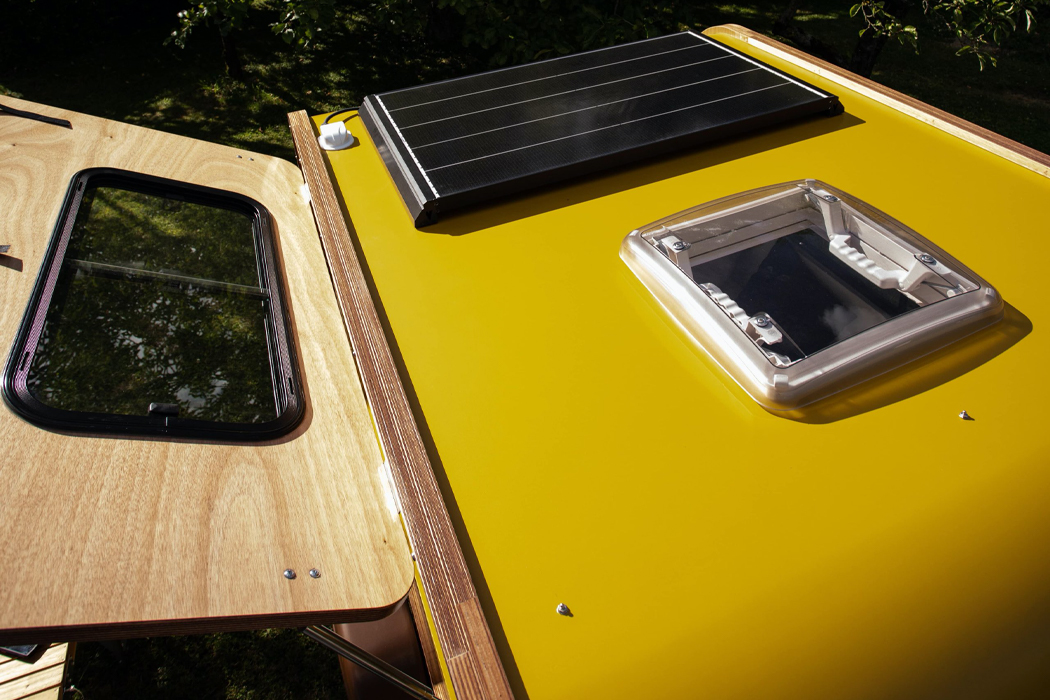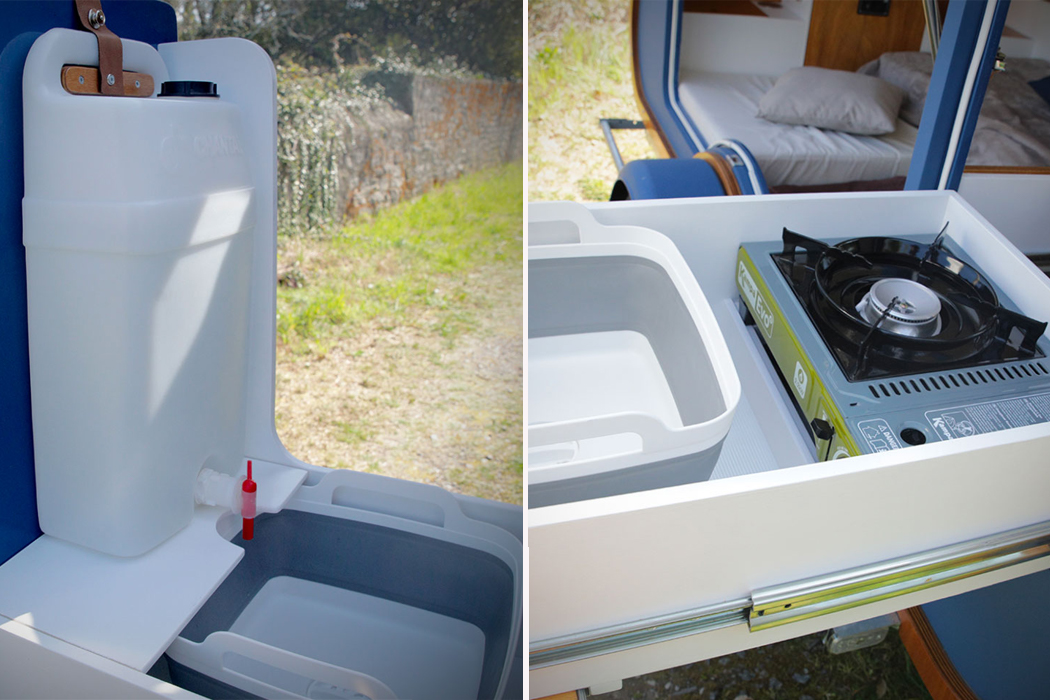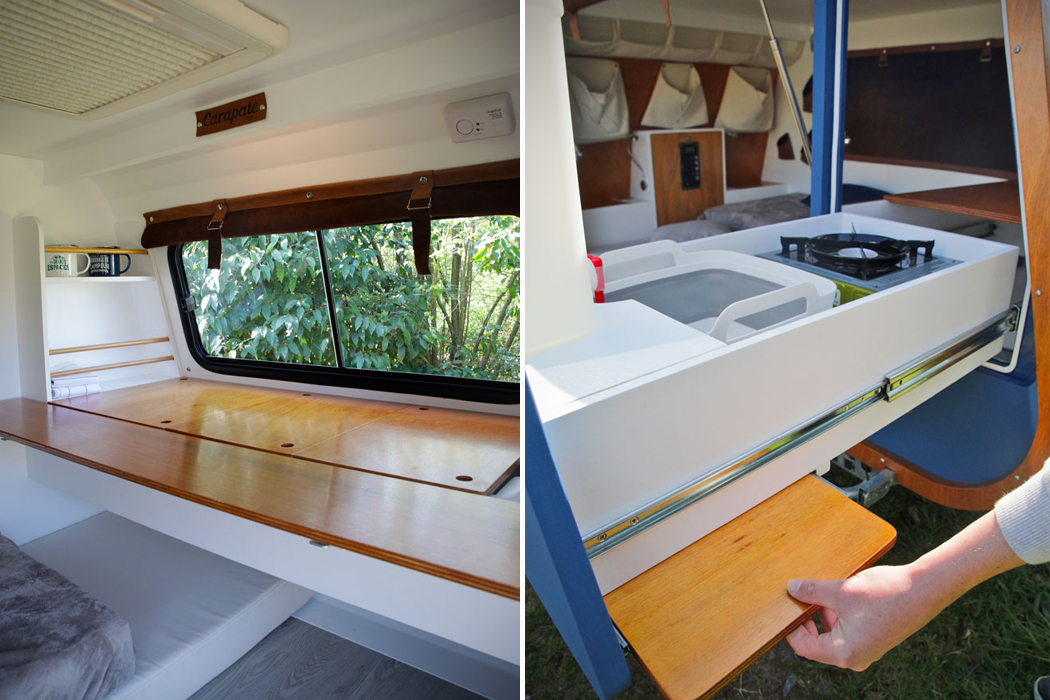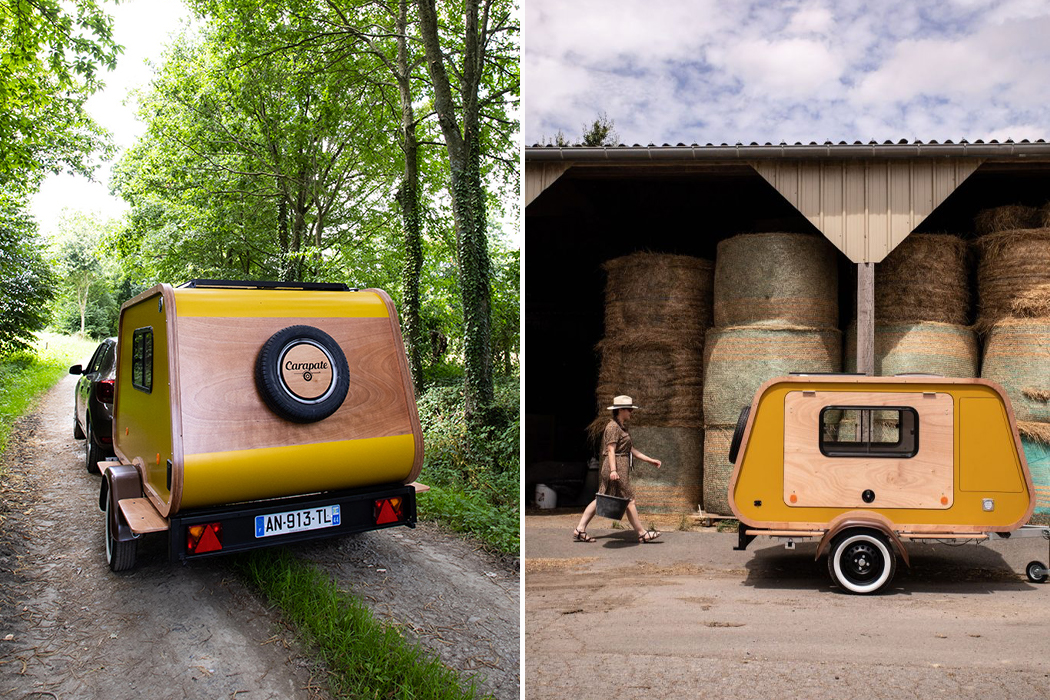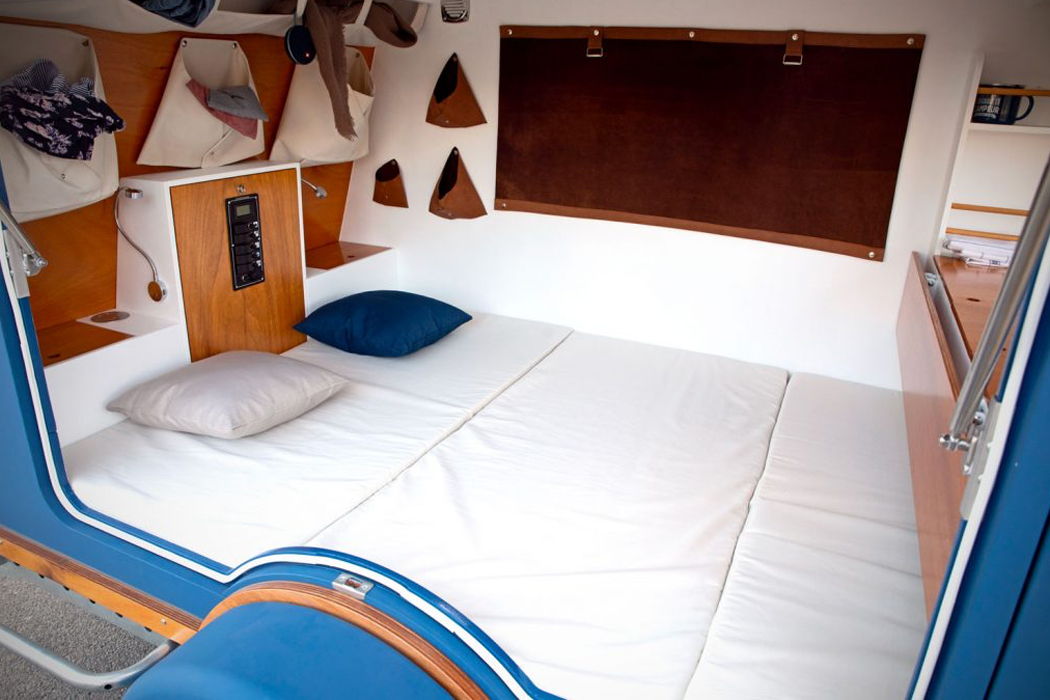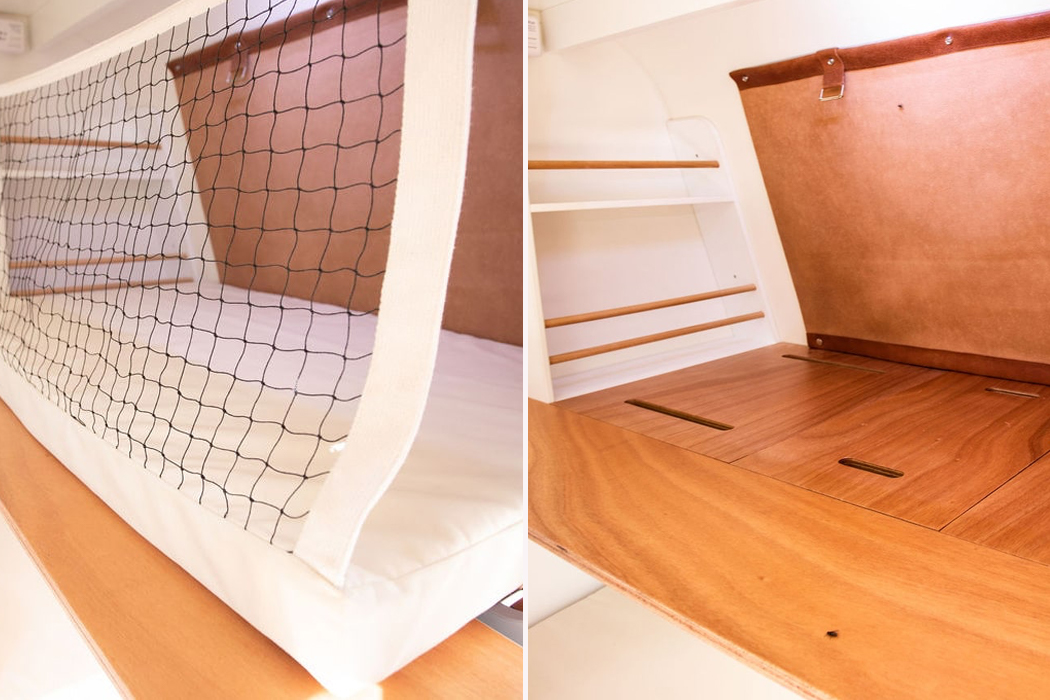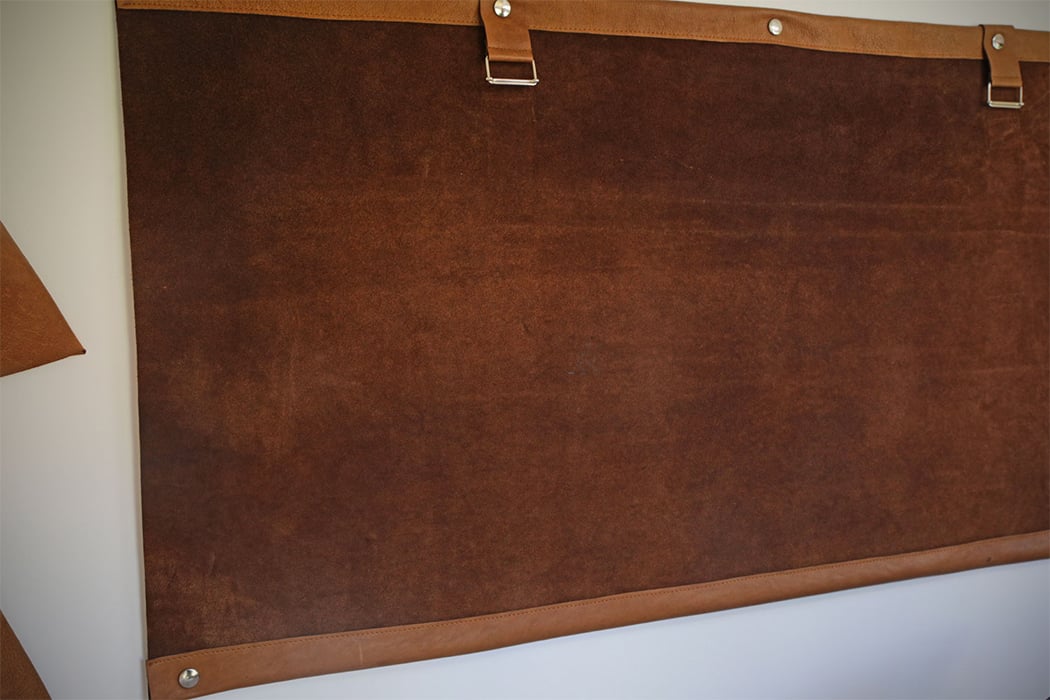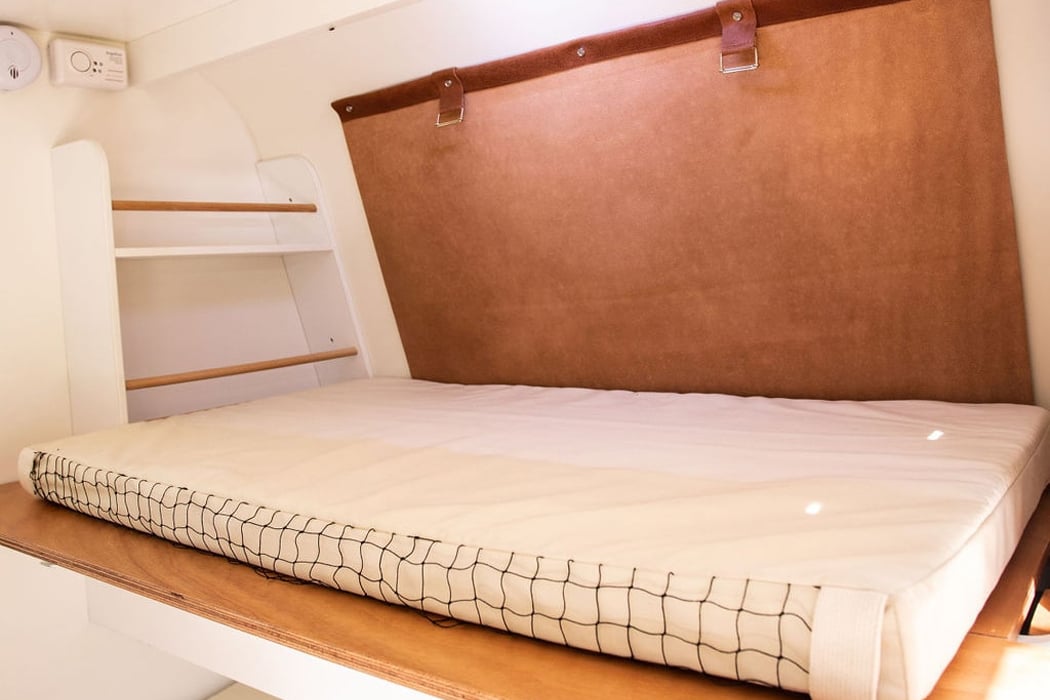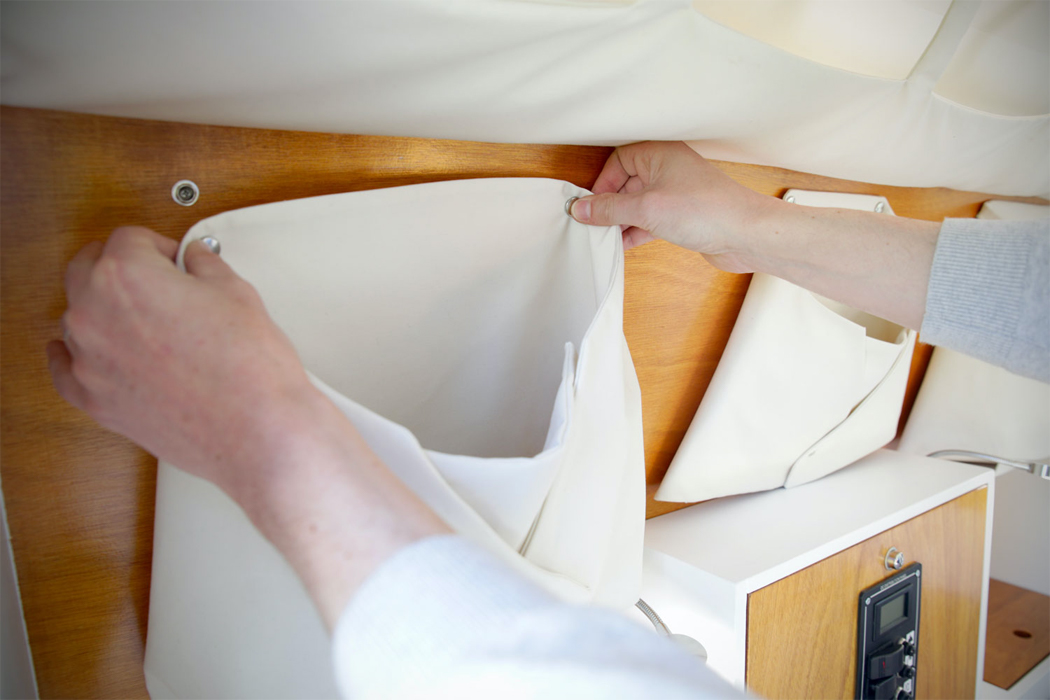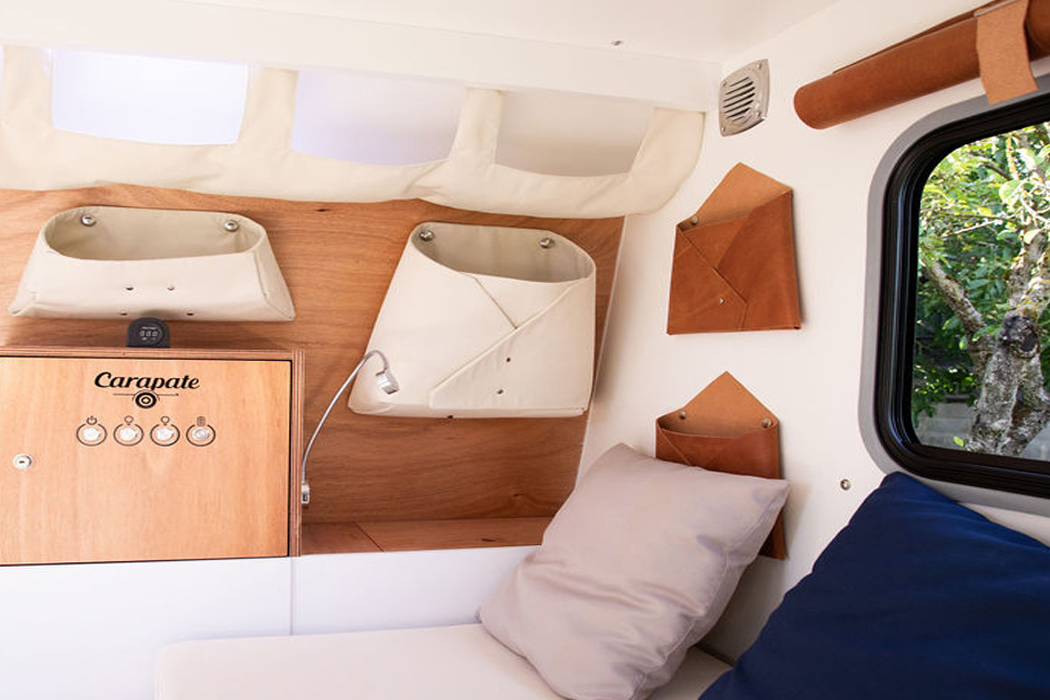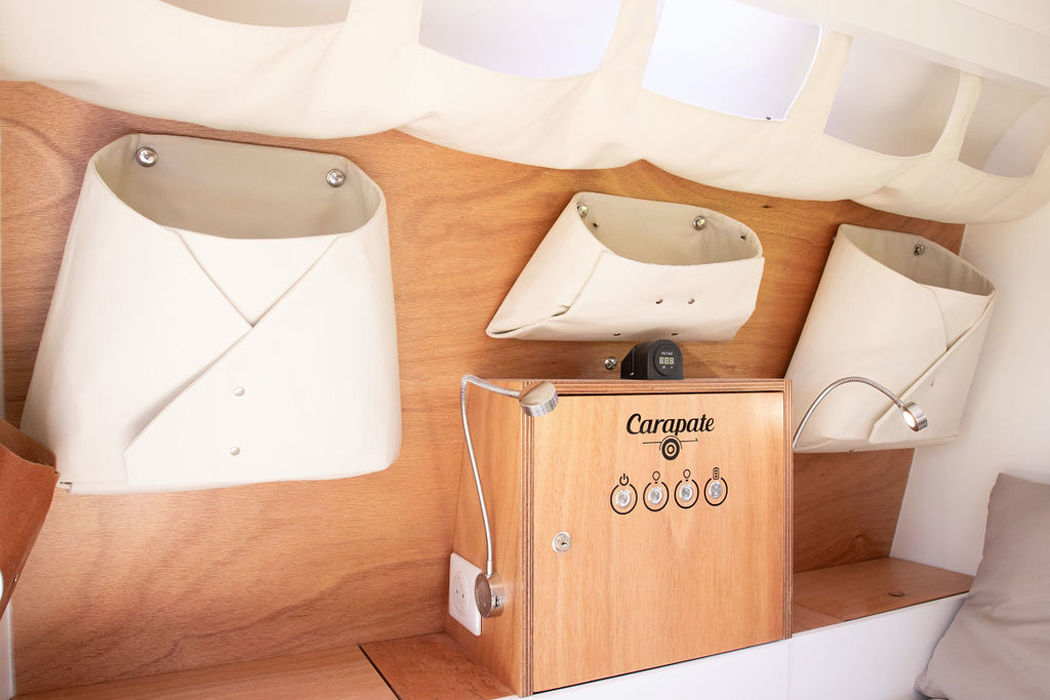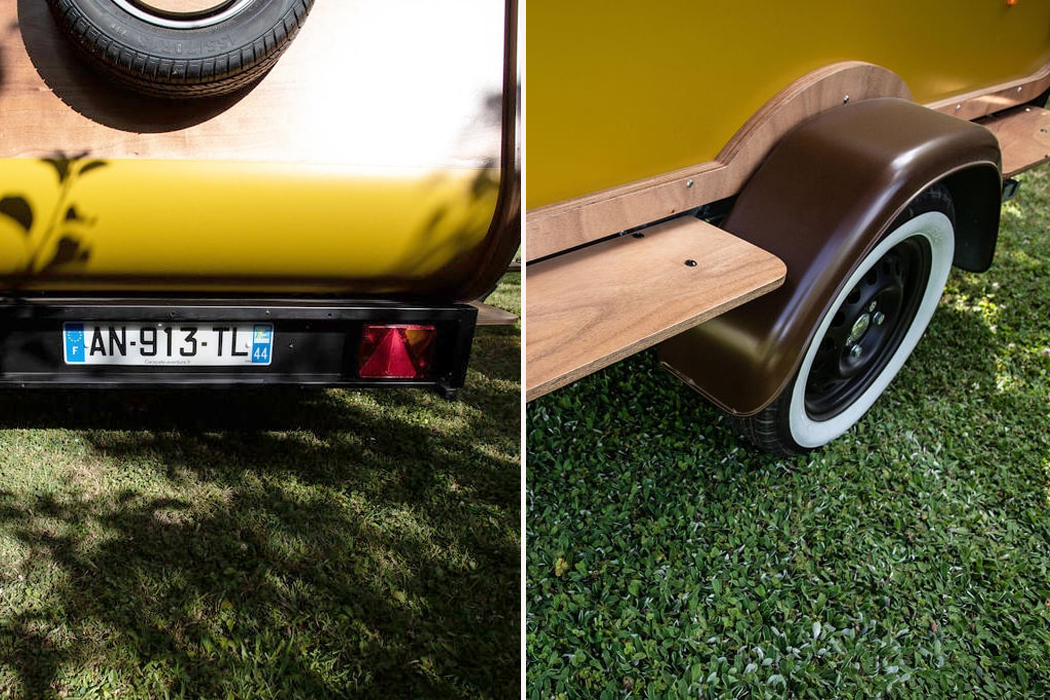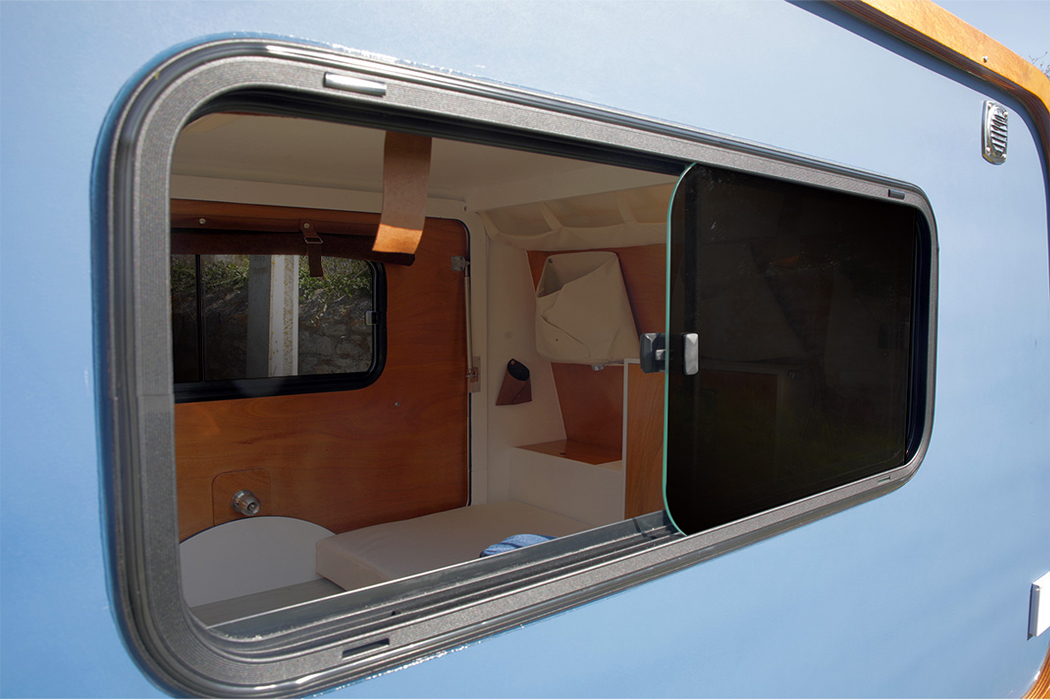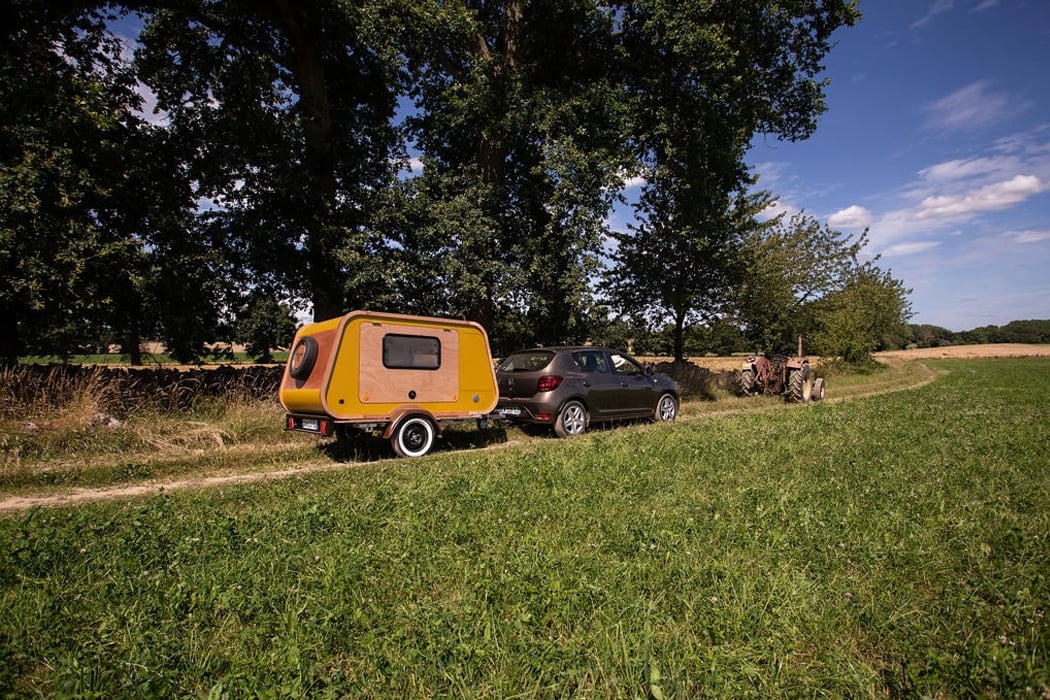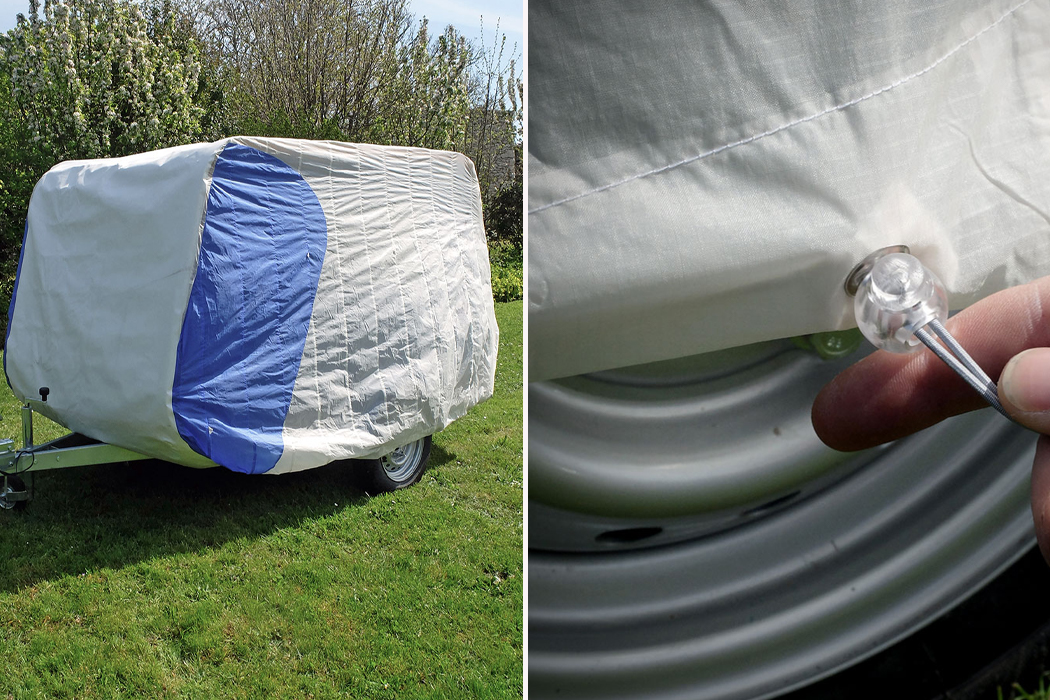All industries are making an effort to pivot and use more sustainable designs in an effort to slow down the climate crisis. We are seeing a boom in material experimentation and exploration, especially to make products that are biodegradable because that encourages a circular economy that works for the planet and the user. Single-use plastic is one of the biggest non-biodegradable contributors to ocean pollution. My biggest pet-peeve is when hotels have each item in their toiletries kit wrapped in plastic – it is so unnecessary and given the turnover of these items, it creates a tonne of waste. The Green Box is an innovative solution that aligns hotel stays with your sustainable lifestyle choices!
It is an amenity kit designed to help hotels to transition to a circular economy and avoid the waste generated by tens-of-millions of amenity kits are thrown away by hotel chains – we use them once but they last forever on our planet. Green box is made from compostable plastic which will let hotels industrially compost and organically recycle the items in a controlled environment. The design goes beyond providing functional value and also aims to educate guests about the material and its impact to encourage better choices even after the vacation ends. Each box comes with a disposable bin for the room to familiarize guests with the new kind of waste-stream. The guests will sort materials as compostable and non-compostable by simply following the color grading – green for compostable and white for general waste. Then they will put the green compostable items in the green part of the box and the white parts (contaminated with bacterias to be composted) will be disposed of with the general waste.
Once separated, the green items along with the rest of the organic waste from the hotel restaurant will be composted on an industrial facility. After 10 weeks of the methanization process, we will be left with soil and bio-gas which can be used to generate power. In fact, the Green Box might produce enough energy to power a standard LED light bulb for over 27 hours. The remaining organic matter left could be used as a soil fertilizer. The color system is easy to follow and by doing it themselves, the guests can see how much waste is being generated. This creates a beautiful circular design and business model for hotels to implement using bioplastics.
Designer: OnMateria
